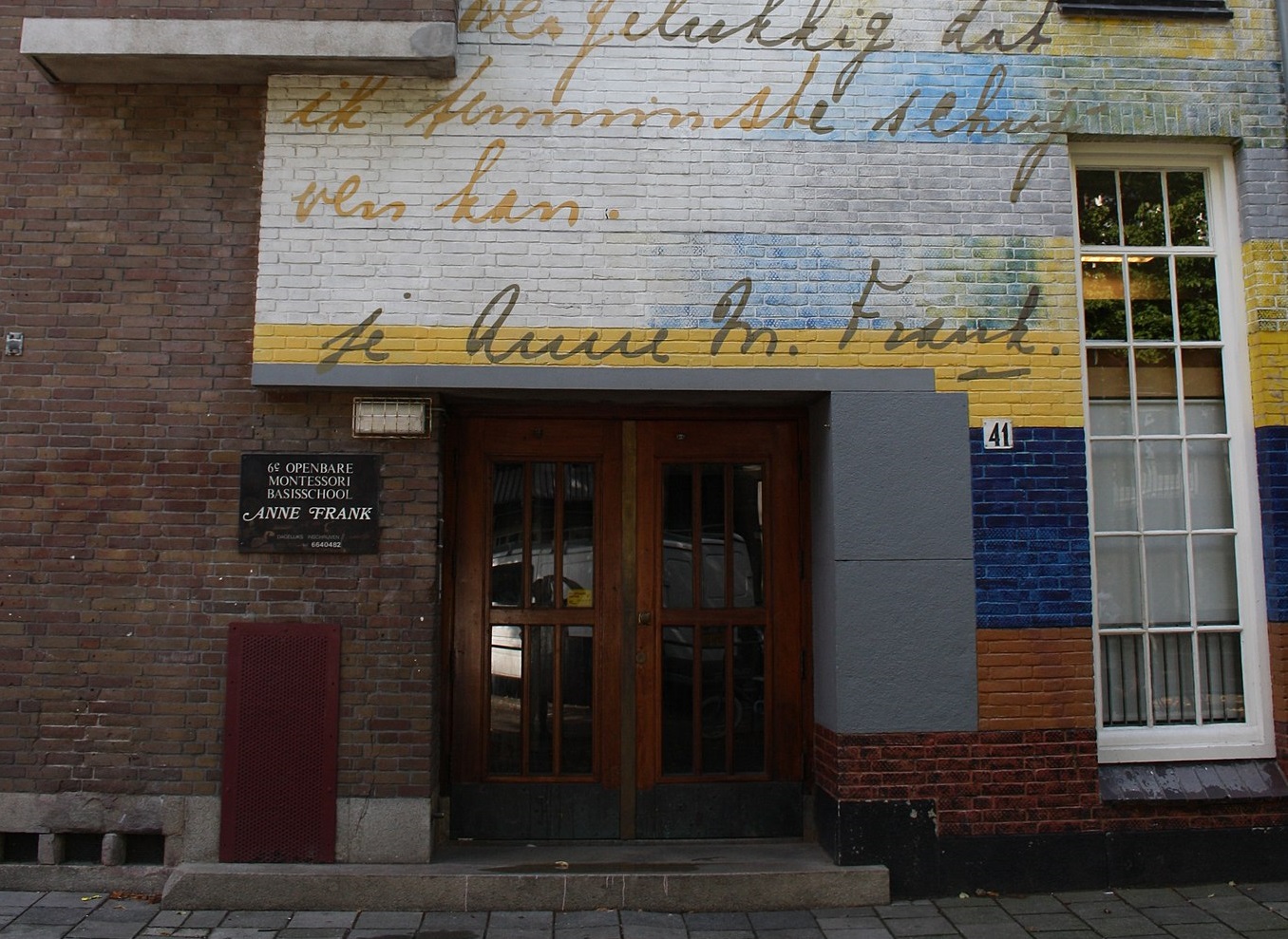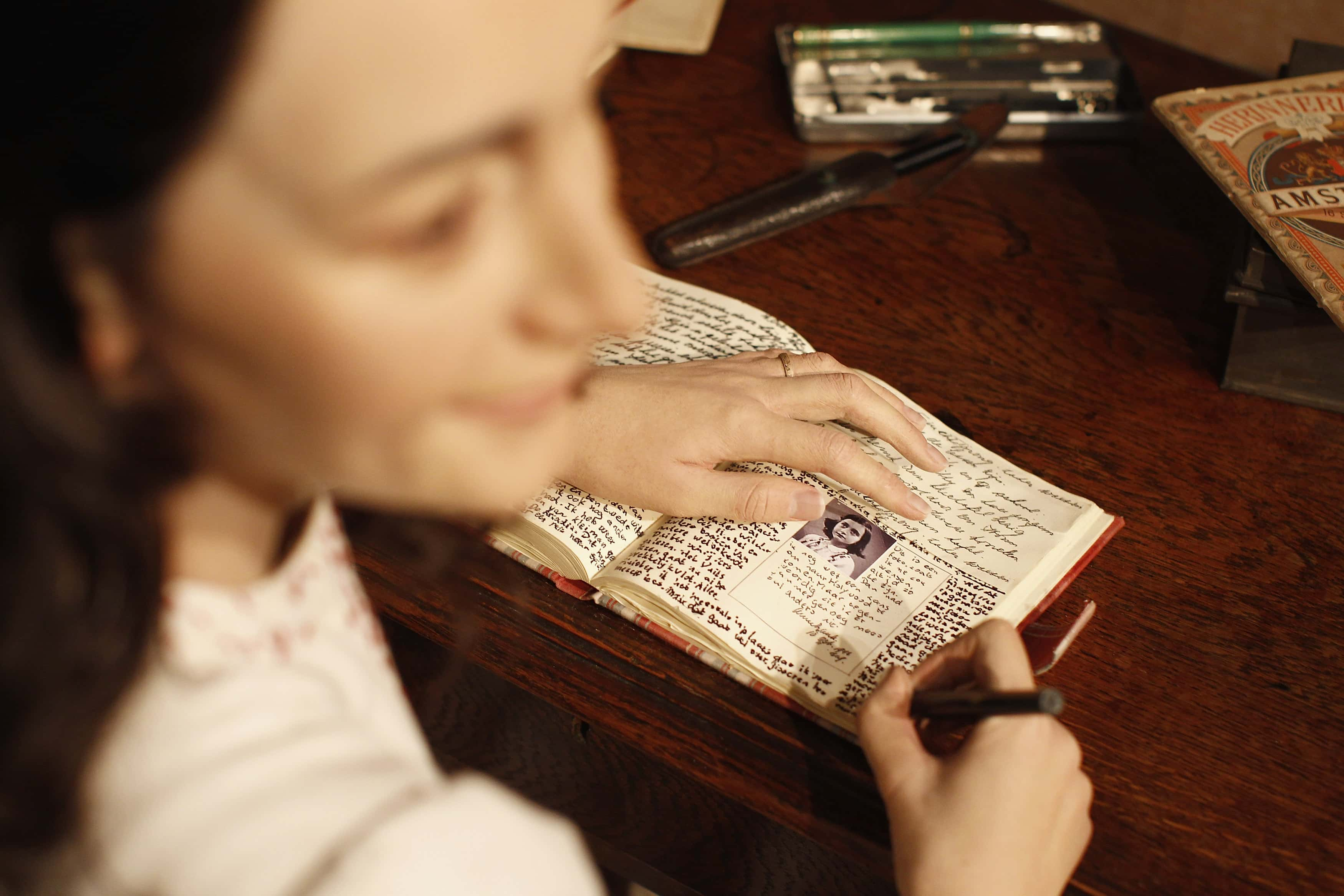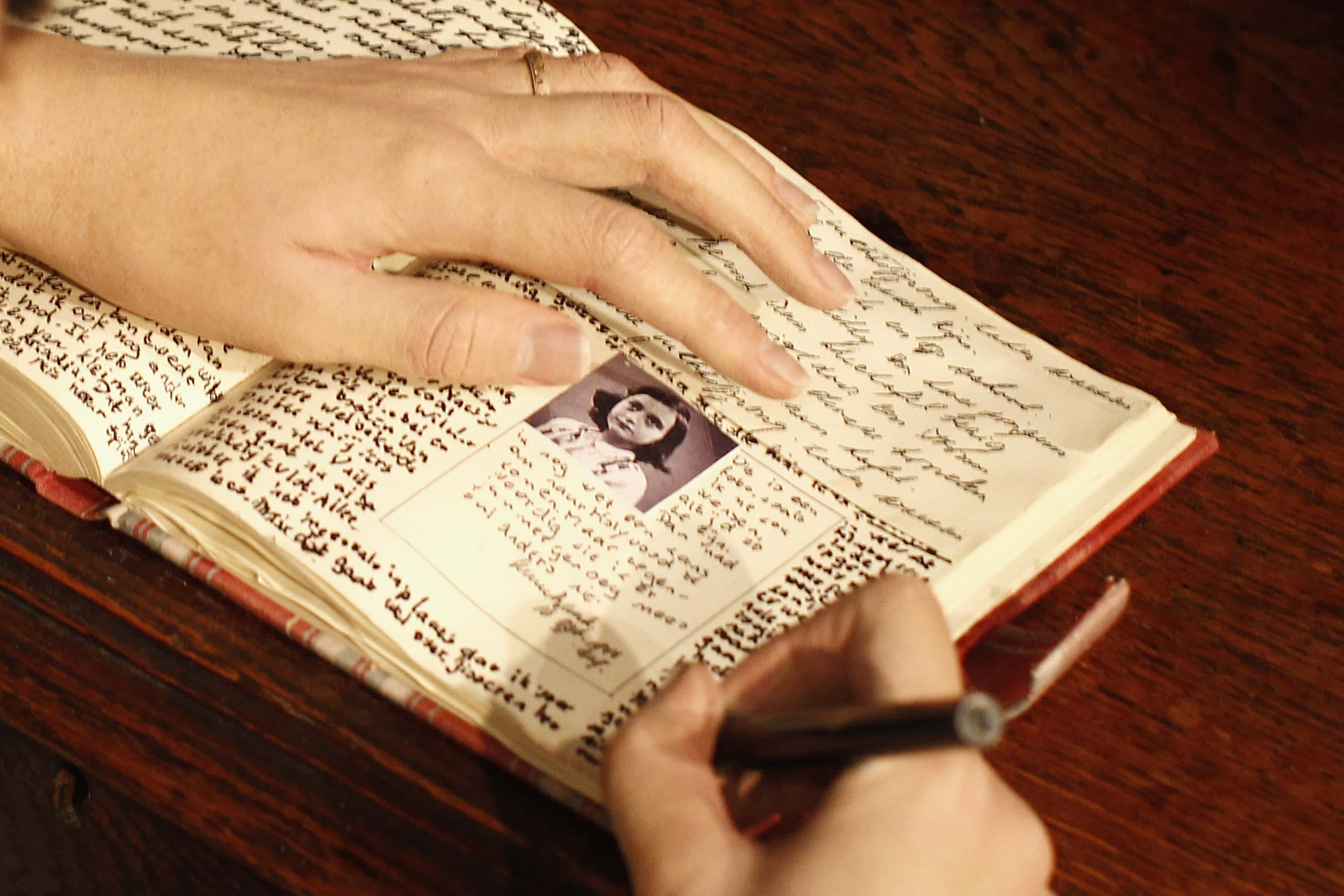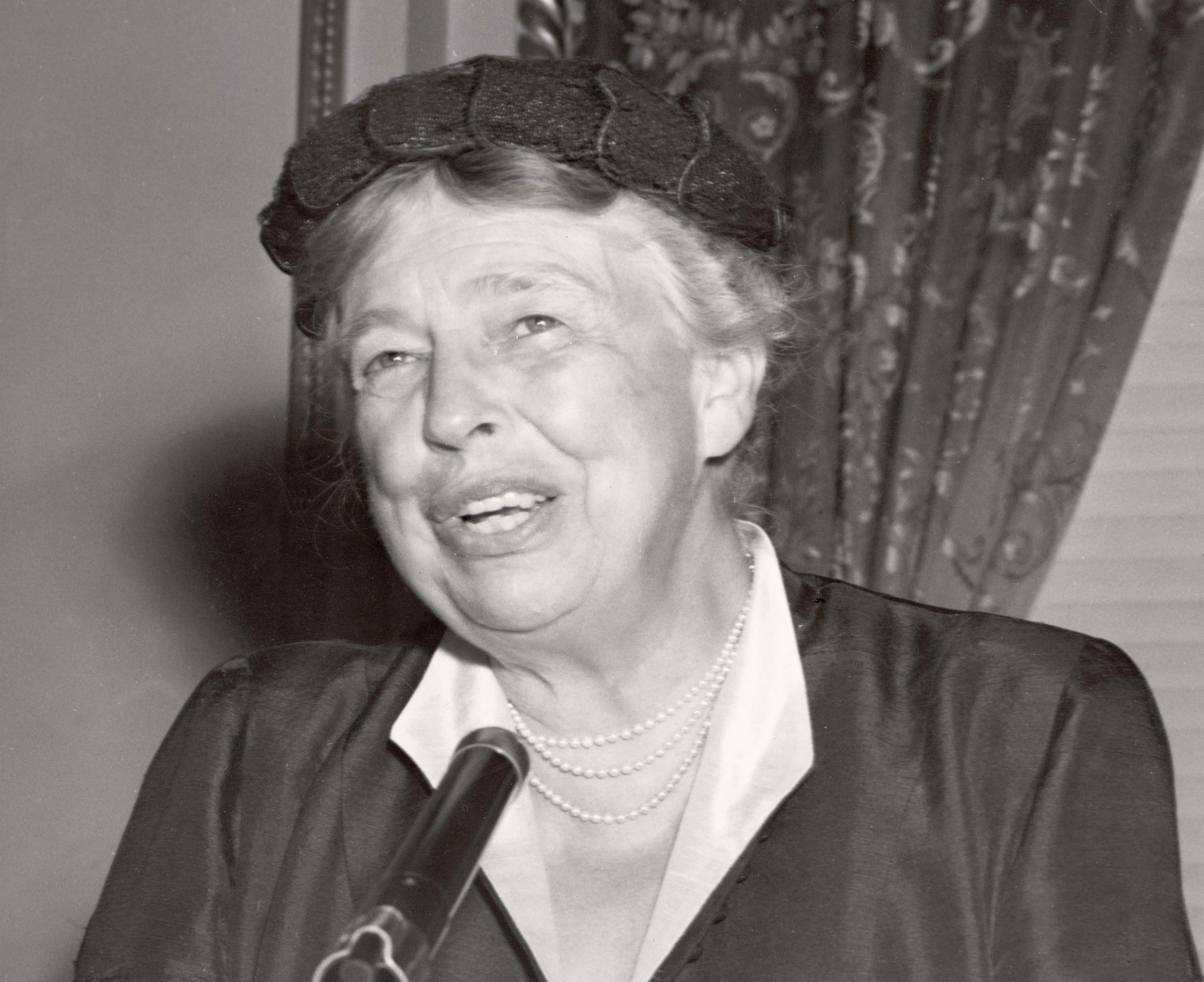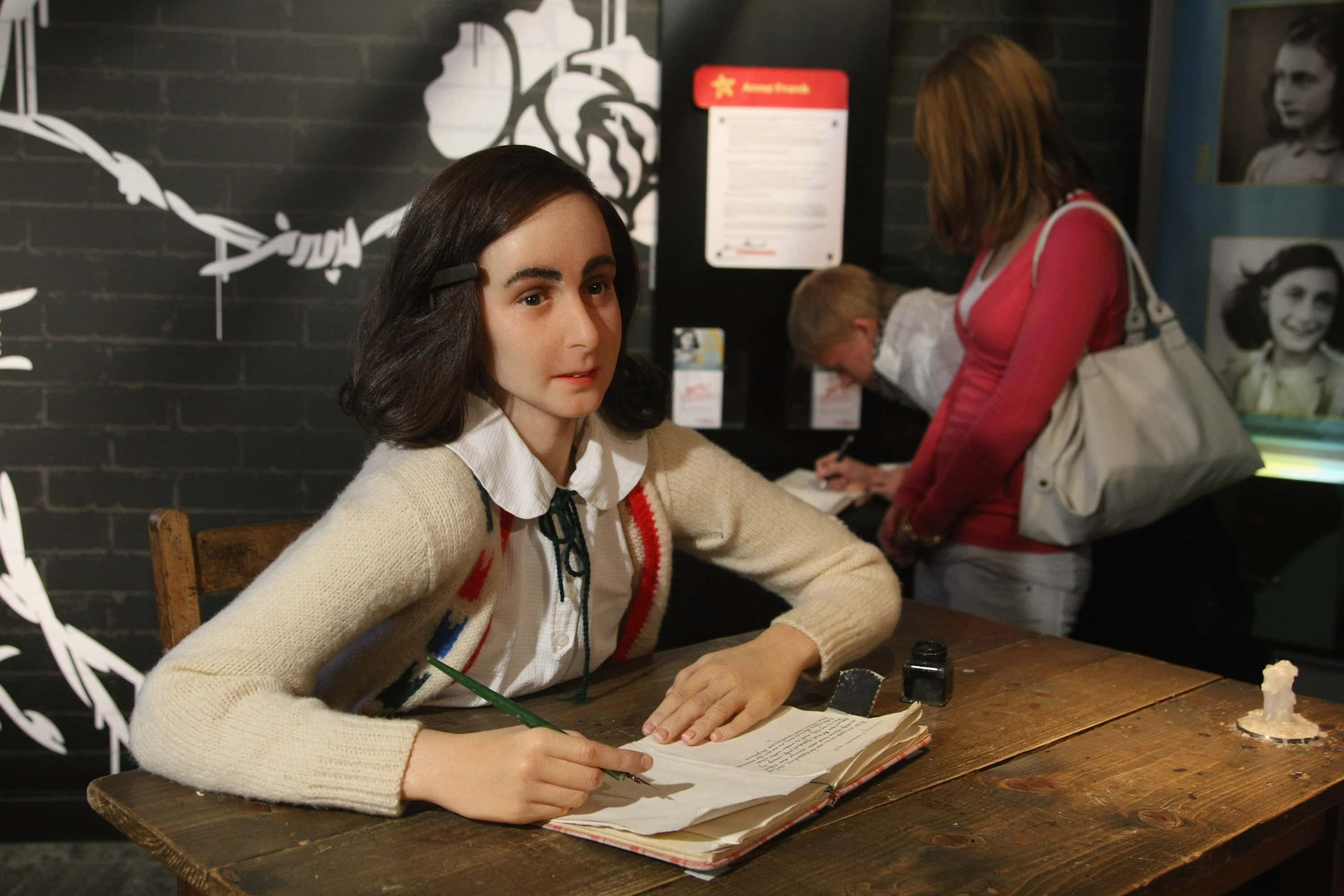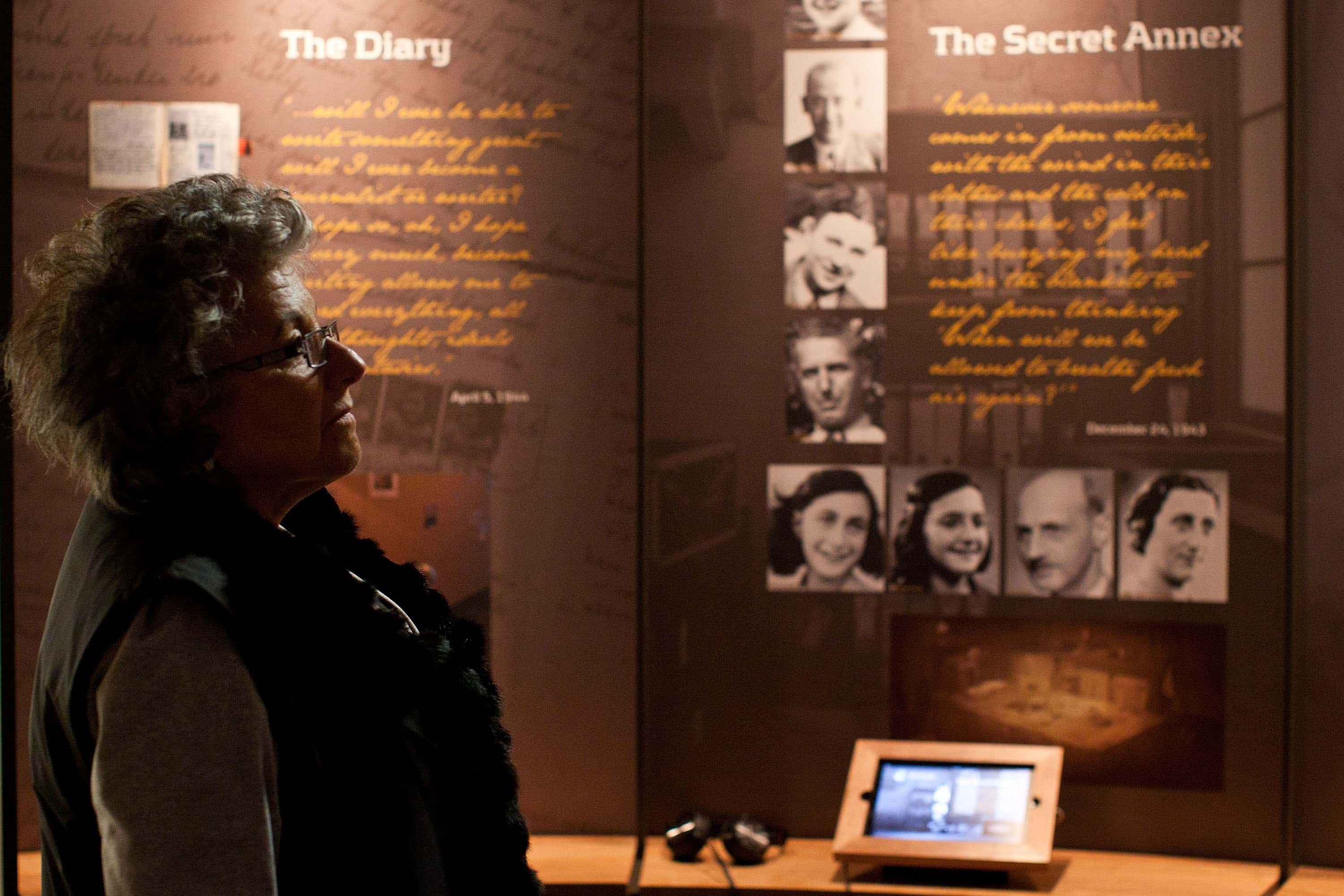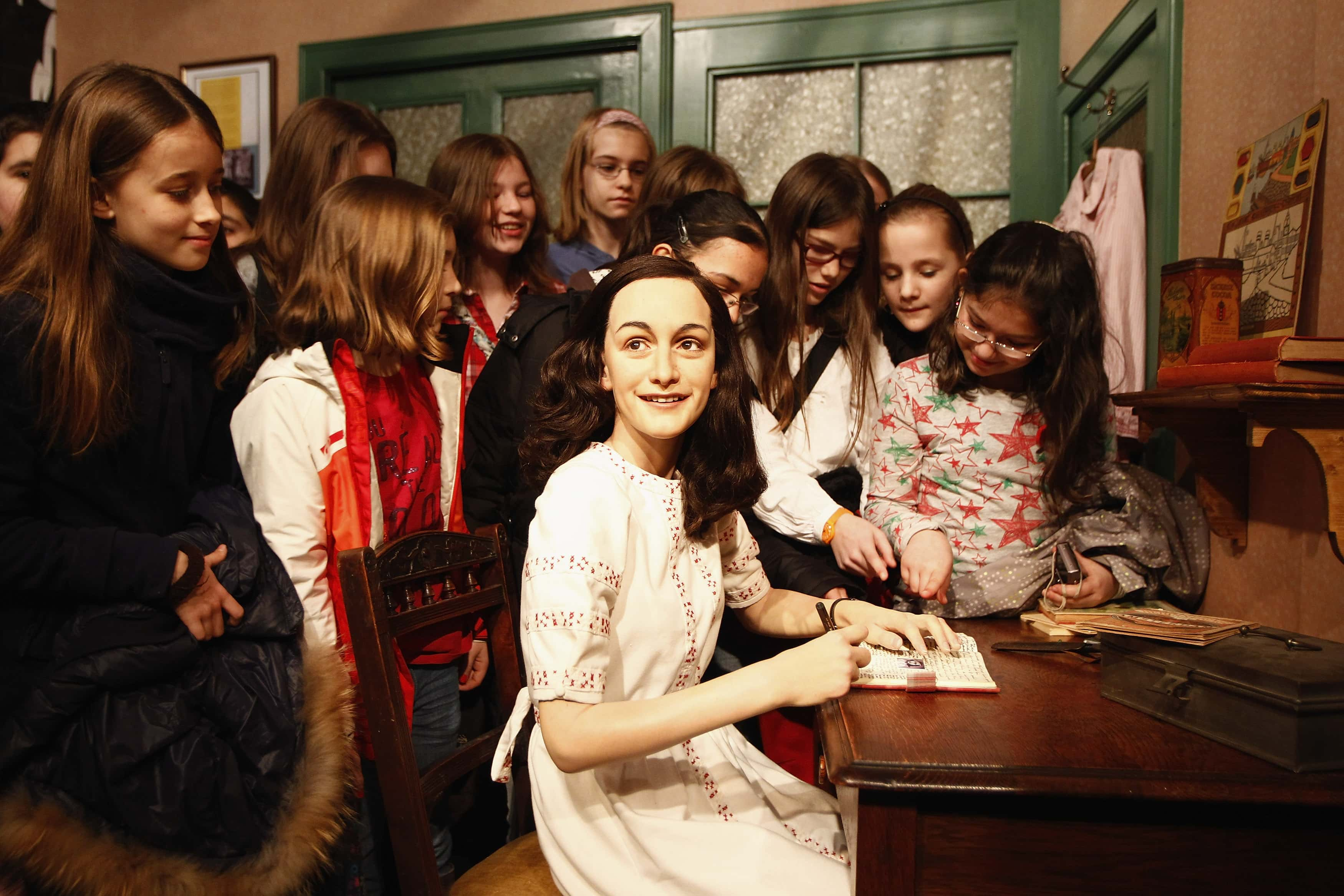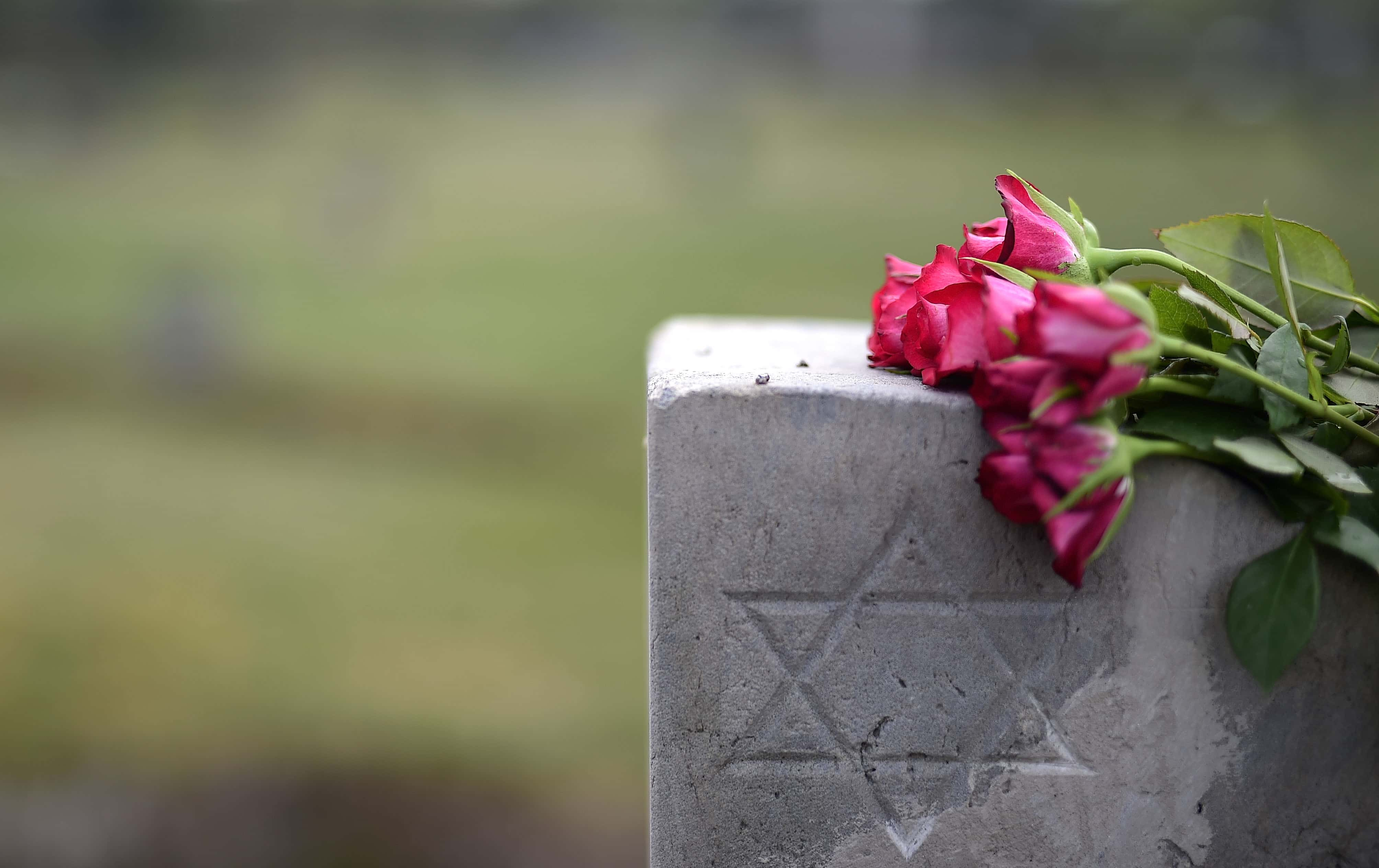There’s no denying that the Holocaust was one of the worst moments in modern history. Roughly six million European Jews were slain before the end of World War II—young Anne Frank was one of them. Only 15 years old when she perished, she wrote a diary while in hiding. Her incredible story, both brave and sad, lives on today through that diary.
1. In the Beginning
Born in 1929, Anne Frank grew up in Frankfurt, Germany. Her parents, Otto and Edith, decided to leave Germany for The Netherlands with Anne and her older sister Margot once Adolf Hitler began to gain momentum, and because of the declining economy. Like most Jewish citizens, the Franks were facing antisemitism with The Fuhrer's growing popularity.
Otto had even been a lieutenant for the German army during World War I.
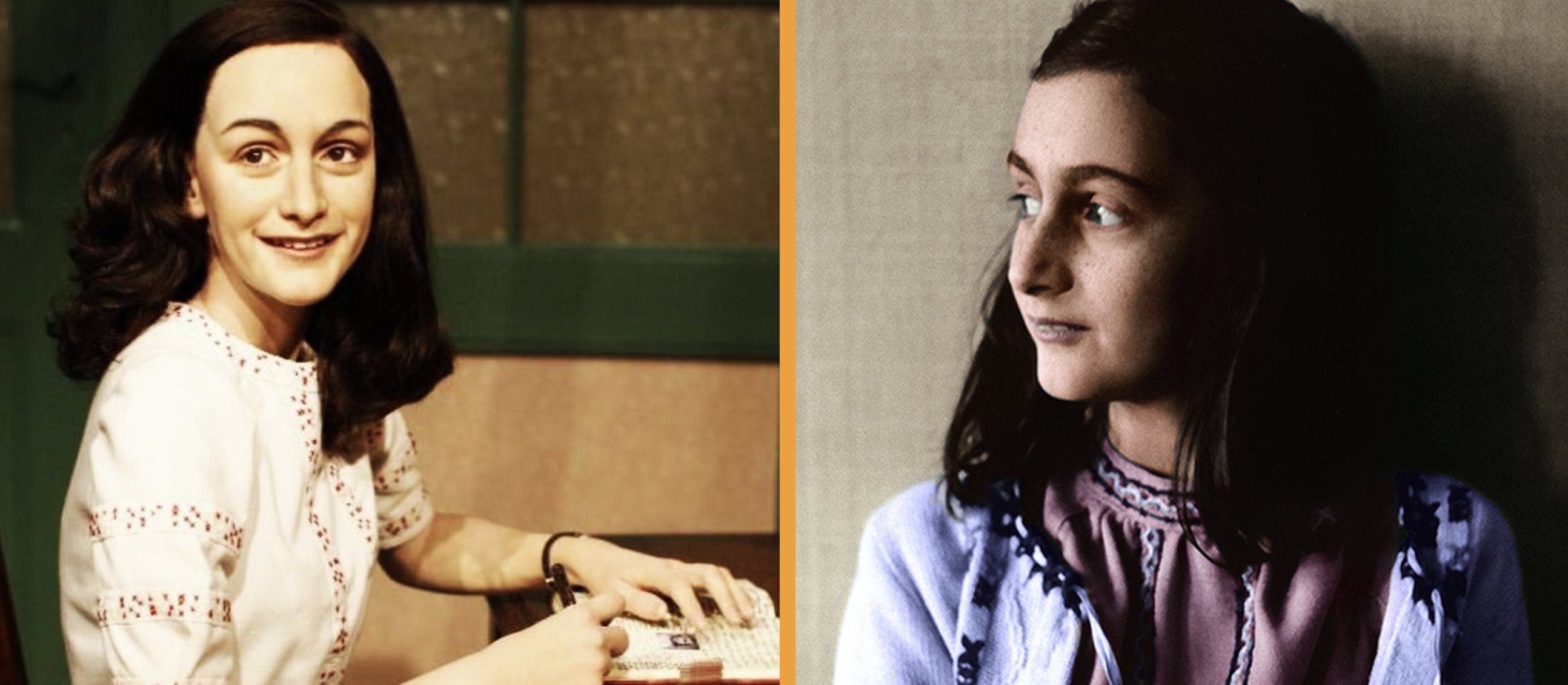
2. Just a Normal Family
Prior to the move, the Frank family were liberal Jews, and didn’t follow all of the Jewish traditions or customs. Their neighborhood was a mix of religions, Jews and non-Jews alike.
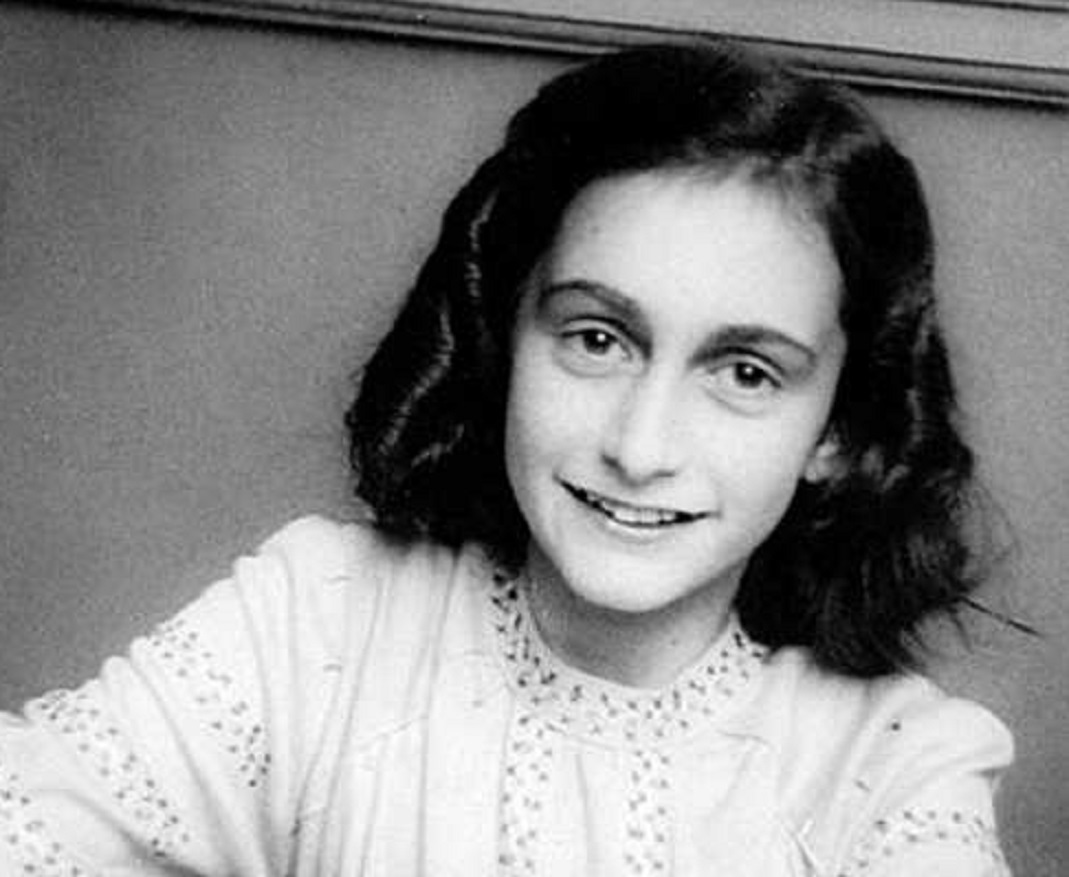 Anonymous Unknown author, Wikimedia Commons
Anonymous Unknown author, Wikimedia Commons
3. Where They Lived
When Anne was born, her family rented two floors of a house, then moved two years later to another area, whose name translates to “Poets’ Quarter". Both of these houses are still standing to this day.
 Karsten Ratzke, Wikimedia Commons
Karsten Ratzke, Wikimedia Commons
4. New Schools
Anne and Margot went to separate schools once the family moved to The Netherlands. Anne, not quite five years old yet, attended Amsterdam’s Sixth Montessori School and had friends from a variety of backgrounds and religions, while Margot attended public school.
5. A Writer From the Start
A friend of Anne’s from her time in The Netherlands said that Anne would write a lot, but would hide her work and not tell anyone what she was writing about. It goes without saying at this point, but the young girl was shown to have an incredible ability for both reading and writing. Her father even had a library, and he and their mother encouraged both their daughters to read often.
6. More Than a Tree
Anne Frank could see an ancient horse-chestnut tree from the Annex, and she described it in detail in her diary. The tree then became closely associated with Frank and the Holocaust, but it seriously deteriorated over the years due to fungus and moth infestations. In 2007, it was scheduled to be cut down, but a civil case brought the tree to international attention, and it was saved.
 original by huliana90212, edit by user: Arthena, CC BY 2.0 , Wikimedia Commons
original by huliana90212, edit by user: Arthena, CC BY 2.0 , Wikimedia Commons
7. All Things Must Pass
After the Anne Frank Tree was saved from being cut down, steel supports were built to prolong its life. Sadly, not long after, the tree was knocked down under gale-force winds.
 BBC, The Diary of Anne Frank (2009)
BBC, The Diary of Anne Frank (2009)
8. Planting the Seeds for the Future
The Sapling Project was initiated by the Anne Frank Center USA in 2009. The aim was to plant saplings in Anne’s honor. The saplings came from the iconic, 170-year-old tree that she had written about in her diary, and they were planted at 11 separate sites across the United States.
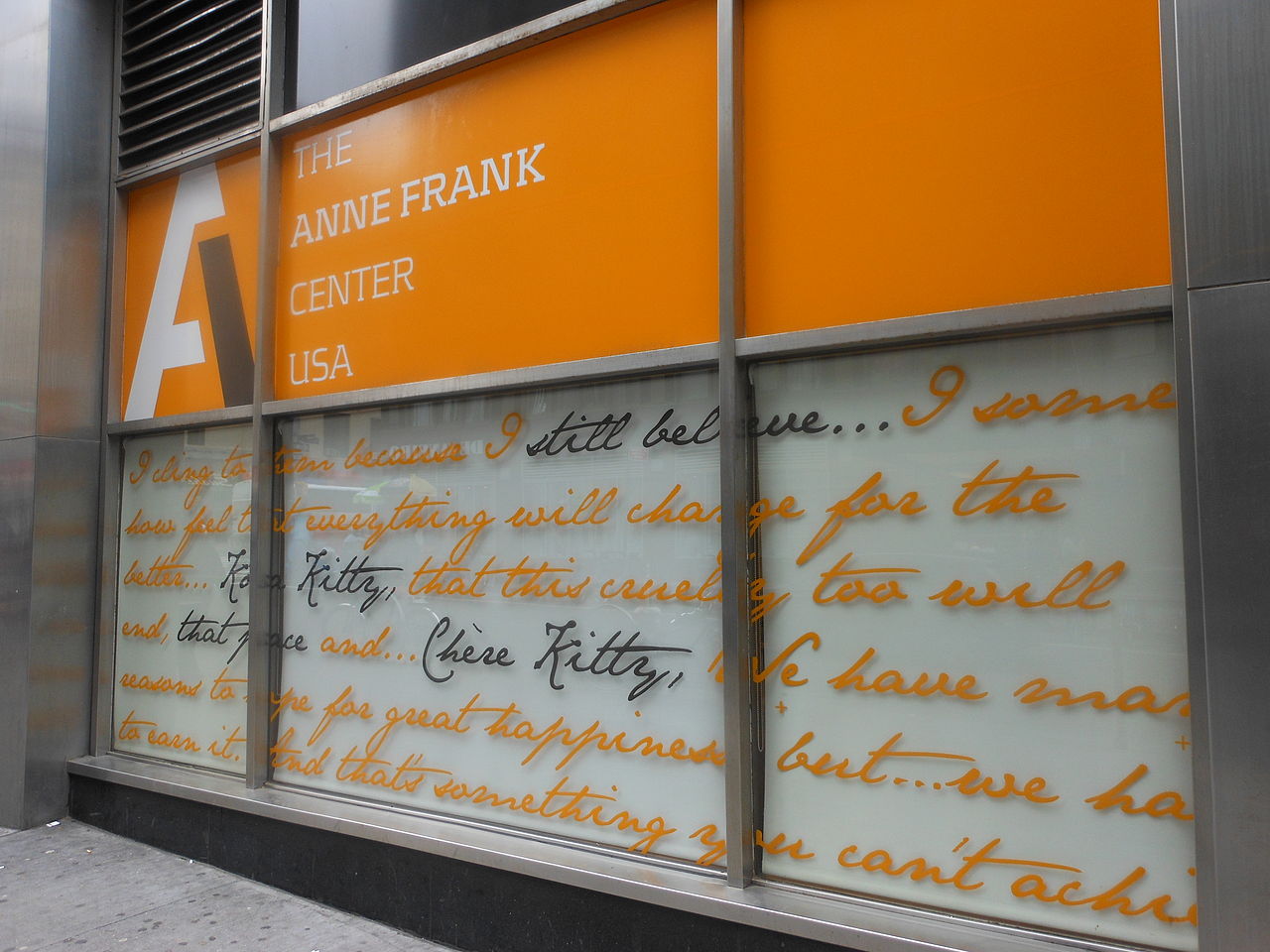 Alexisrael, CC BY-SA 3.0 , Wikimedia Commons
Alexisrael, CC BY-SA 3.0 , Wikimedia Commons
9. Forced to Stay Where They Were
The Franks tried leaving Europe for the US or even England, but it would be to no avail. The family would still be in The Netherlands when World War II broke out on September 1, 1939, and were still there when Germany invaded the country the following May. Roughly 300,000 Jews fled Germany in the six years leading up to the conflict.
 BBC,The Diary of Anne Frank (2009)
BBC,The Diary of Anne Frank (2009)
10. New Rules
Anne and Margot would be forced to go to Jewish schools and their father would lose his business, as strict rules were placed on the Jewish community. They, along with other Jews, had to wear the yellow Star of David at all times and were forced under strict curfews.
 Unknown photographer; Collectie Anne Frank Stichting Amsterdam,
Unknown photographer; Collectie Anne Frank Stichting Amsterdam,
11. Contingency Plans
Otto and Edith would try to leave The Netherlands for the US once more, but were denied again. Otto, along with his Jewish business partner and associates, created a place to hide from the German troopers behind his firm. The family would officially go into hiding on July 6, 1942—the day after Anne’s sister was told she must report to a German work camp.
Just a week later, Otto’s business partner and his family would join the Franks, and four months later an eighth person, a dentist, joined them as well.
 George Stevens, The Diary of Anne Frank (1959)
George Stevens, The Diary of Anne Frank (1959)
12. Change of Plans
Otto and Edith had originally intended for the family to go into hiding on July 16, 1942, but after Margot received the letter from German authorities, they moved quickly. Aided by Otto’s associates at the firm, Anne, her family, and the four others lived in secret for two whole years. The entrance to their secret quarters was concealed behind a bookshelf.
13. Keep Them Safe, Friend
Before the family went into hiding, Anne gave her neighbor and friend the family’s cat, a tea set, a book, and a tin of marbles for safe keeping. She had been afraid of what would happen to the items, and the beloved cat, if they fell into the wrong hands.
 George Stevens, The Diary of Anne Frank (1959)
George Stevens, The Diary of Anne Frank (1959)
14. Gift of the Diary, Part One
On her birthday, and just prior to going into hiding, Anne was gifted with a diary. She would write about everything, from her time in hiding, to short stories, to favorite quotations from other writers. On the day she received the diary, she wrote, “I hope you will be a great source of comfort and support". Another entry dated March 16, 1944 says, “the nicest part is being able to write down all my thoughts and feelings, otherwise I'd absolutely suffocate".
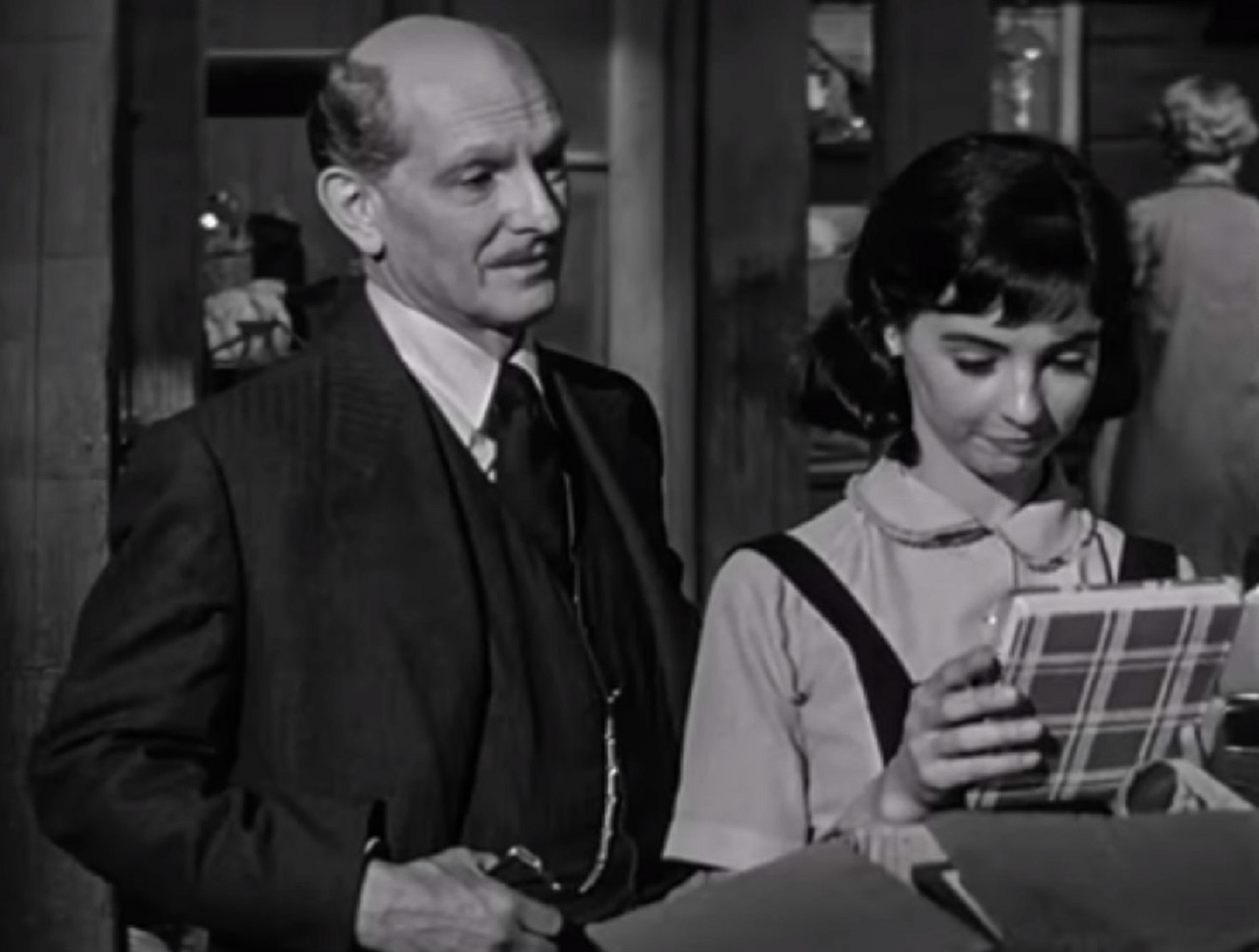 George Stevens, The Diary of Anne Frank (1959)
George Stevens, The Diary of Anne Frank (1959)
15. The Diary
The diary itself was covered in white and red checkered cloth and had a small lock. Anne would write most of her entries to an imaginary friend, Kitty, and originally talked about the segregation and discrimination her family faced. She had seen the diary, originally an autograph book, in a store window while out with her father.
16. Throw Them From the Trail
Anne’s family left their apartment a mess, to make it look like they had left quickly in hopes that no one would suspect a thing. Otto had even written a note making it look like they were going to Switzerland.
 George Stevens, The Diary of Anne Frank (1959)
George Stevens, The Diary of Anne Frank (1959)
17. It Was Never Easy
In her diary, Anne wrote about how difficult it was to live life in hiding. She and the seven others had to stay quiet and never venture outside the hiding place, so as to not tip off the workers in the warehouse below the annex. As a result, there would often be a lot of tension within the group.
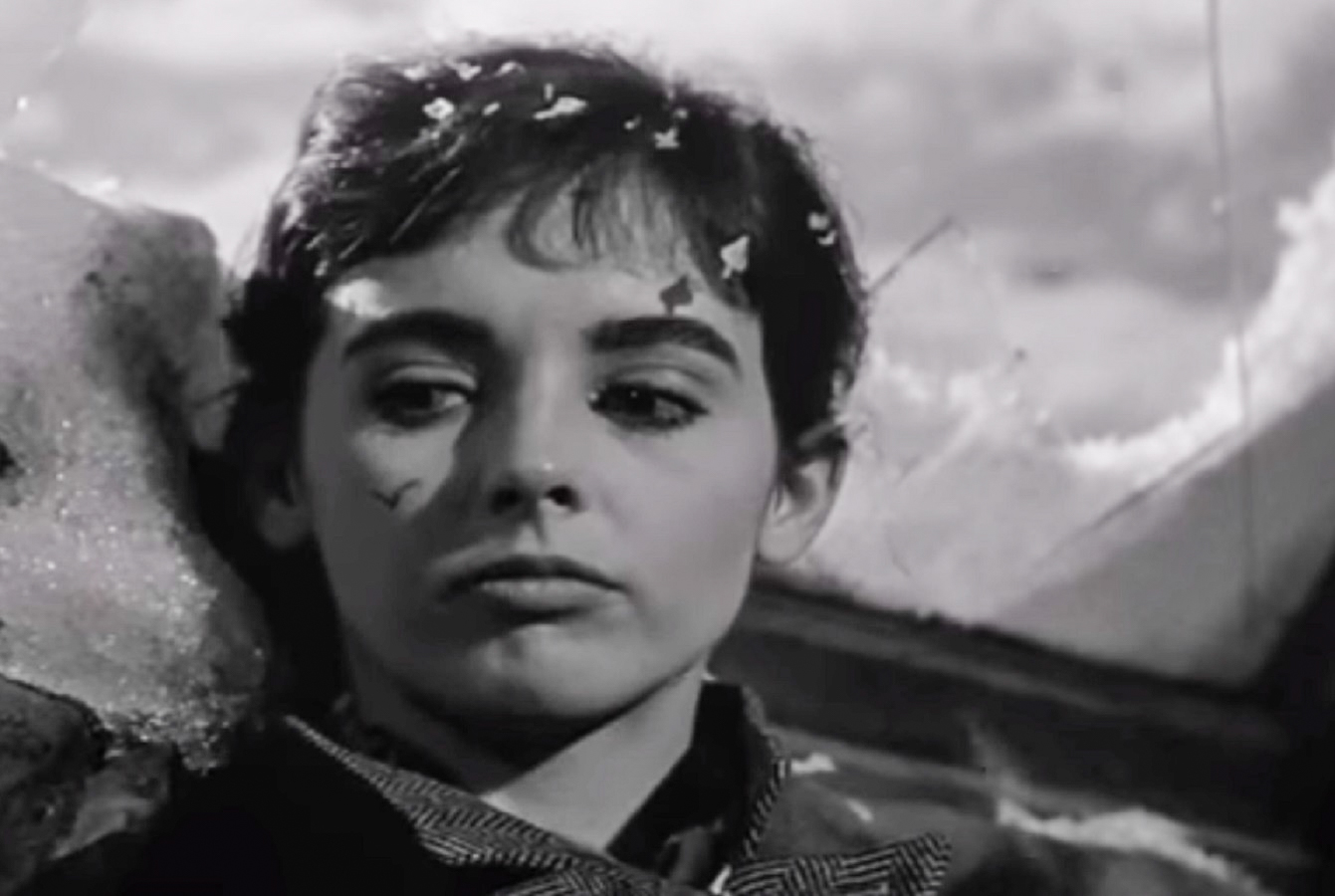 George Stevens, The Diary of Anne Frank (1959)
George Stevens, The Diary of Anne Frank (1959)
18. Discovering Love
A young Anne had a small romance with the teenage son of Otto’s business partner, who was one of the eight in hiding. She would have her first kiss with Peter van Pels, but she would question her feelings for him. She didn’t know if they were true, or if it was only because they weren’t allowed to leave the Secret Annex, and there was no other option at hand.
 BBC,The Diary of Anne Frank (2009)
BBC,The Diary of Anne Frank (2009)
19. Sister, Sister
Anne and Margot also became closer as time went on at the Secret Annex. Anne wrote, “Margot’s much nicer,” in her entry on January 12, 1944. “She’s not nearly so catty these days and is becoming a real friend. She no longer thinks of me as a little baby who doesn’t count".
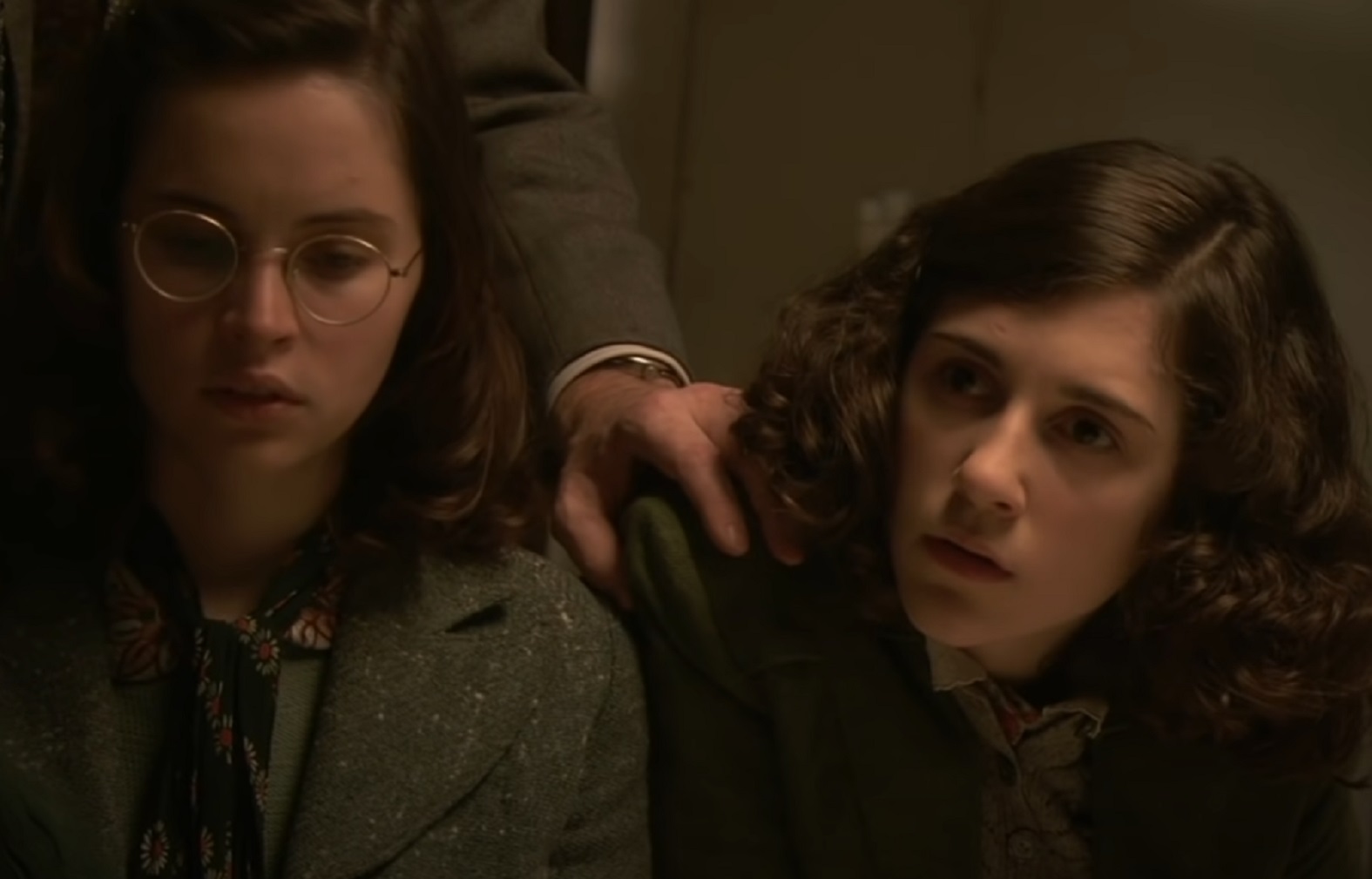 BBC,The Diary of Anne Frank (2009)
BBC,The Diary of Anne Frank (2009)
20. The Secret Annex
Anne would start to rewrite her diary when she heard that the Dutch minister of education, who was exiled in London, was asking for people to keep diaries of the conflict. Anne would call hers The Secret Annex, but sadly, she would never finish it. All eight people in hiding would be found and apprehended before she could.
21. How They Helped
Before the Secret Annex was exposed, the aides for the eight people hiding there would provide war information and any updates on the political front. They also supplied food, which would become more and more difficult as time passed. They even tried to help keep morale high, all the while knowing that they could potentially be executed for helping Jews.
 George Stevens, The Diary of Anne Frank (1959)
George Stevens, The Diary of Anne Frank (1959)
22. The Fateful Strike–Their Discovery
Anne, her family, her father’s business partner, his family, and the dentist were all discovered and detained on August 4, 1944. Two of the people helping to keep them safe would also be apprehended. To this day, no one knows how they were discovered, though a number of theories abound.
 Yorkshire Television , The Attic: The Hiding of Anne Frank (1988)
Yorkshire Television , The Attic: The Hiding of Anne Frank (1988)
23. Begging for Mercy
Just three days later, one of Otto’s associates who had been helping to keep them safe tried to plead with the man who led the raid on the Secret Annex, even offering money for their safe release. It would be to no avail, and the eight would remain prisoners.
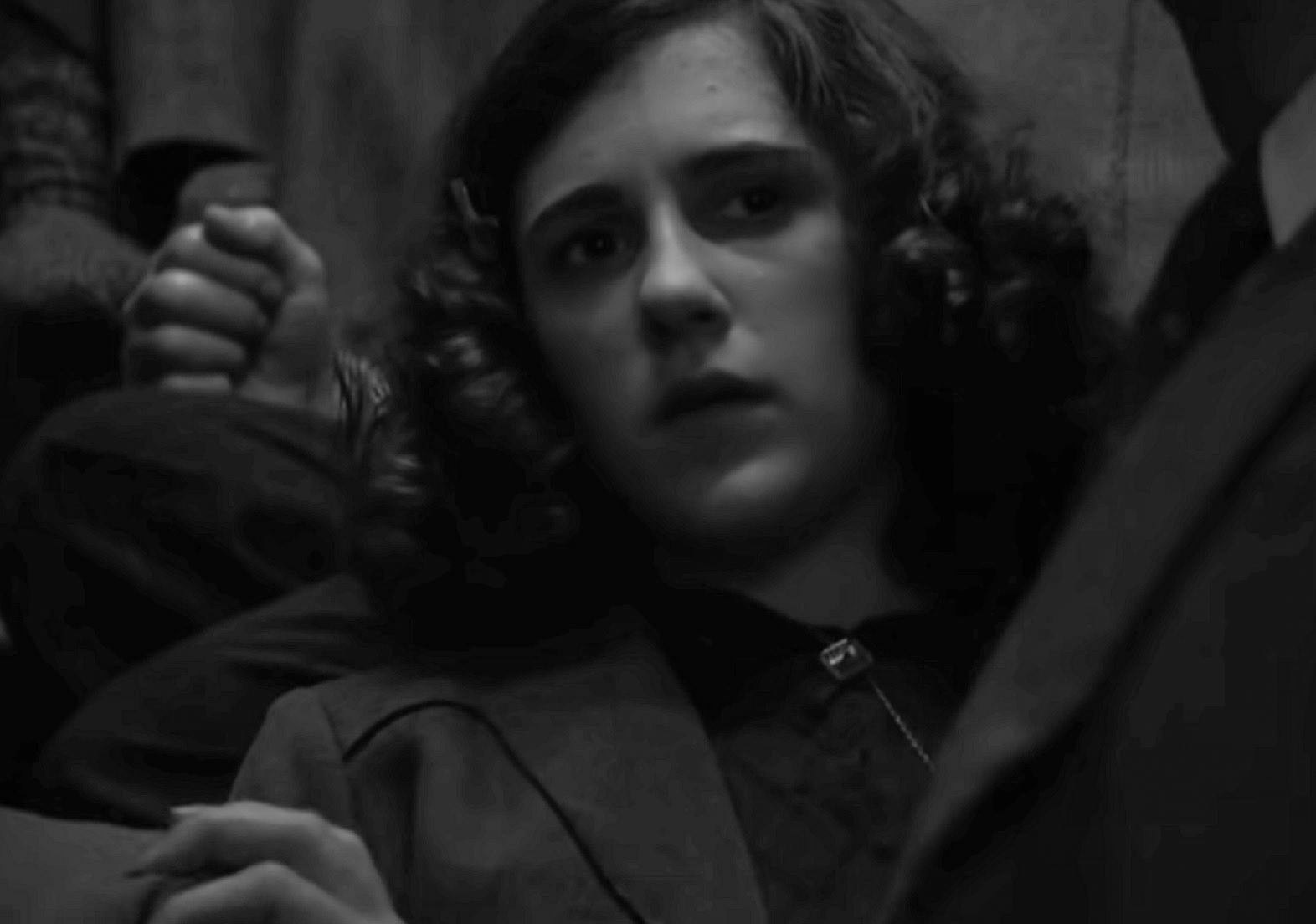 BBC,The Diary of Anne Frank (2009)
BBC,The Diary of Anne Frank (2009)
24. Where They Went From There
All would be transferred to Auschwitz, after first going through Westerbork transit camp. Of the two associates who had helped them hide, one would escape, while the other was released. Meanwhile, two more of the aides who had helped in keeping the families safe and in hiding made a remarkable discovery—they found Anne’s diary, along with other papers that were left behind.
They decided to keep it safe, holding out hope that Anne would return to finish her work one day.
 Massanz, CC BY 2.0, Wikimedia Commons
Massanz, CC BY 2.0, Wikimedia Commons
25. Auschwitz
At Auschwitz, Anne, Margot and their mother would be separated from their father because of the gender split at the camp. The sisters and their mother stayed at a barrack together, but faced hard labor—they were forced to haul heavy stones and grass mats. Because they had been in hiding, they were considered criminals, so the hard labor was their punishment.
 xiquinhosilva, CC BY 2.0 ,Wikimedia Commons
xiquinhosilva, CC BY 2.0 ,Wikimedia Commons
26. Who is Spared, and Who is Not
Anne would be one of the youngest members of her transport to be spared from the gas chambers. From the 1,049 others that were moved with the Frank family and their four friends, 549 were sent straight into the gas chambers, including any child under 15 years old. Anne had even assumed her father was slain during this process.
 Jason M Ramos, CC BY 2.0, Wikimedia Commons
Jason M Ramos, CC BY 2.0, Wikimedia Commons
27. Losing Her Identity
The degradation began as soon as they arrived at Auschwitz. As with all the others, the Nazis attempted to take away her humanity. Anne was forced to get undressed, had her head shaved and was tattooed with a number on her arm.
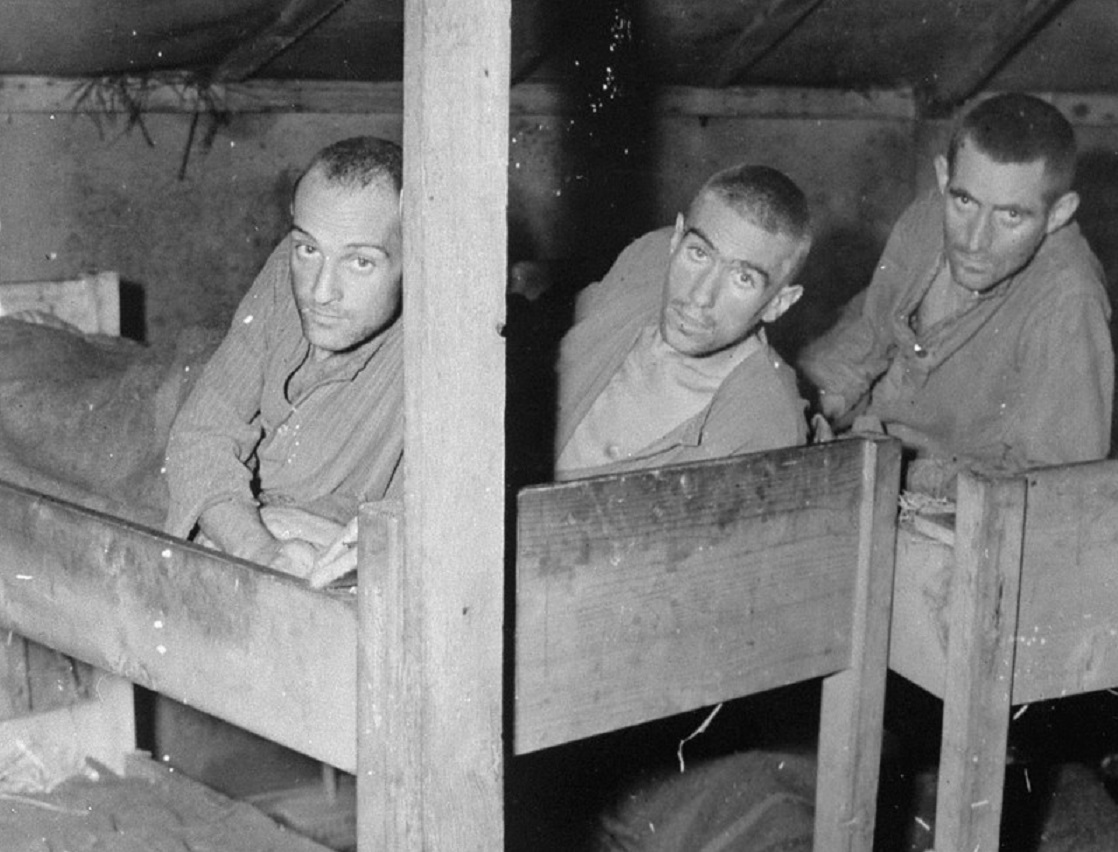 George Mallinder, Wikimedia Commons
George Mallinder, Wikimedia Commons
28. Sickness at Auschwitz
Anne was able to obtain extra bread while at Auschwitz, sharing it with her mother and sister. She would later be infected by scabies, and both her and Margot were moved to an infirmary. There, it was always dark, and it was infested with mice and rats. Their mother stopped eating, instead giving her rations to her daughters so that they would live.
 Unknown photographer, Wikimedia Commons
Unknown photographer, Wikimedia Commons
29. A Different Fate
Because of the scabies, a scheduled transfer to a different labor camp for Anne was canceled. Margot and Edith would stay behind with her. Later the same month, the sisters would be among 8,000 transferred to Bergen-Belsen. Their mother was not chosen. She would die from starvation in Auschwitz on January 6, 1945, just three weeks before the camp was liberated by the Red Army.
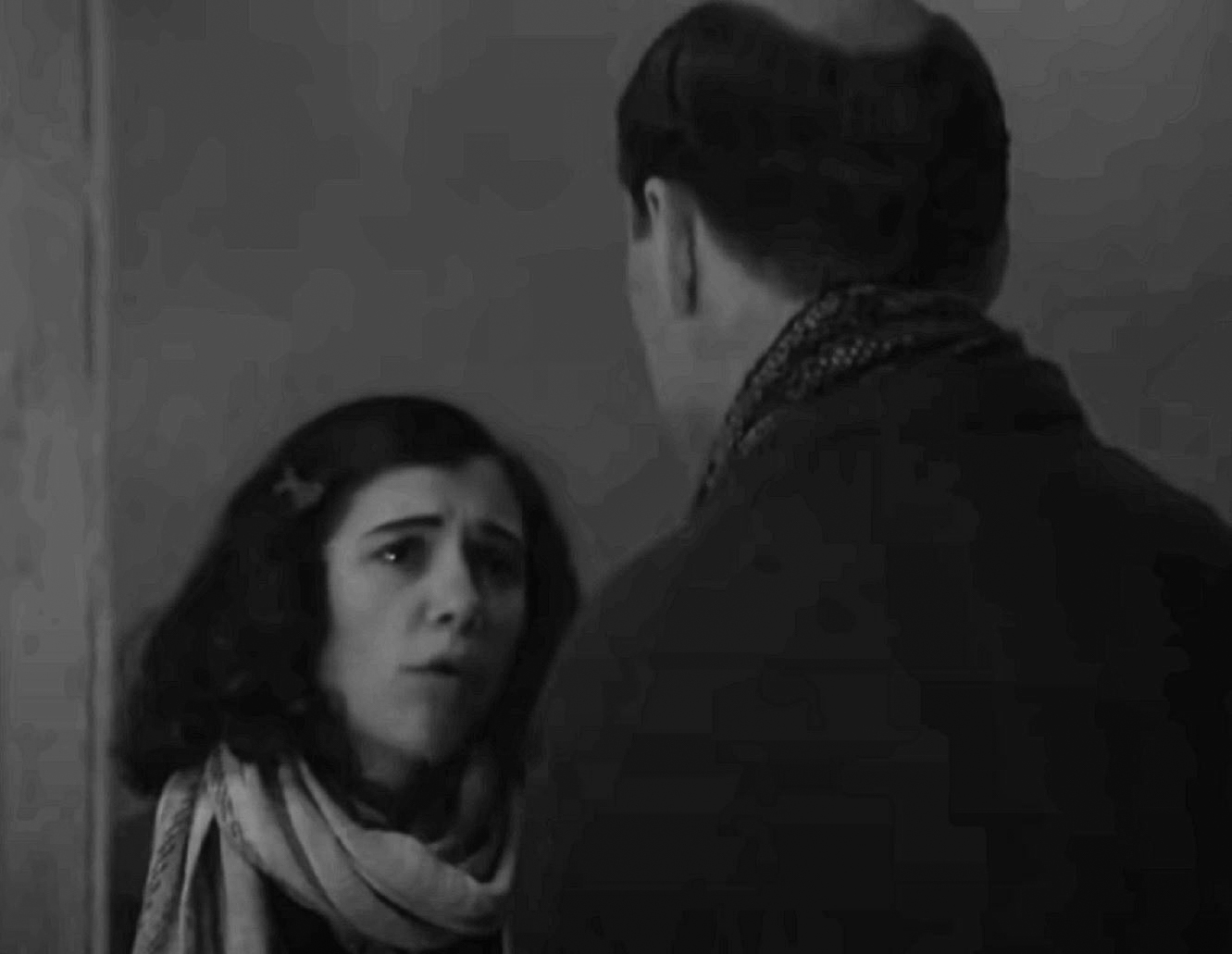 BBC,The Diary of Anne Frank (2009)
BBC,The Diary of Anne Frank (2009)
30. Typhus Overwhelms Them
Most of the prisoners at Bergen-Belsen were Dutch. There was no food and conditions were so unsanitary that the sisters both contracted typhus. In early 1945, not long before this camp was liberated, both girls perished. Some 17,000 other prisoners also lost their lives because of the typhus epidemic.
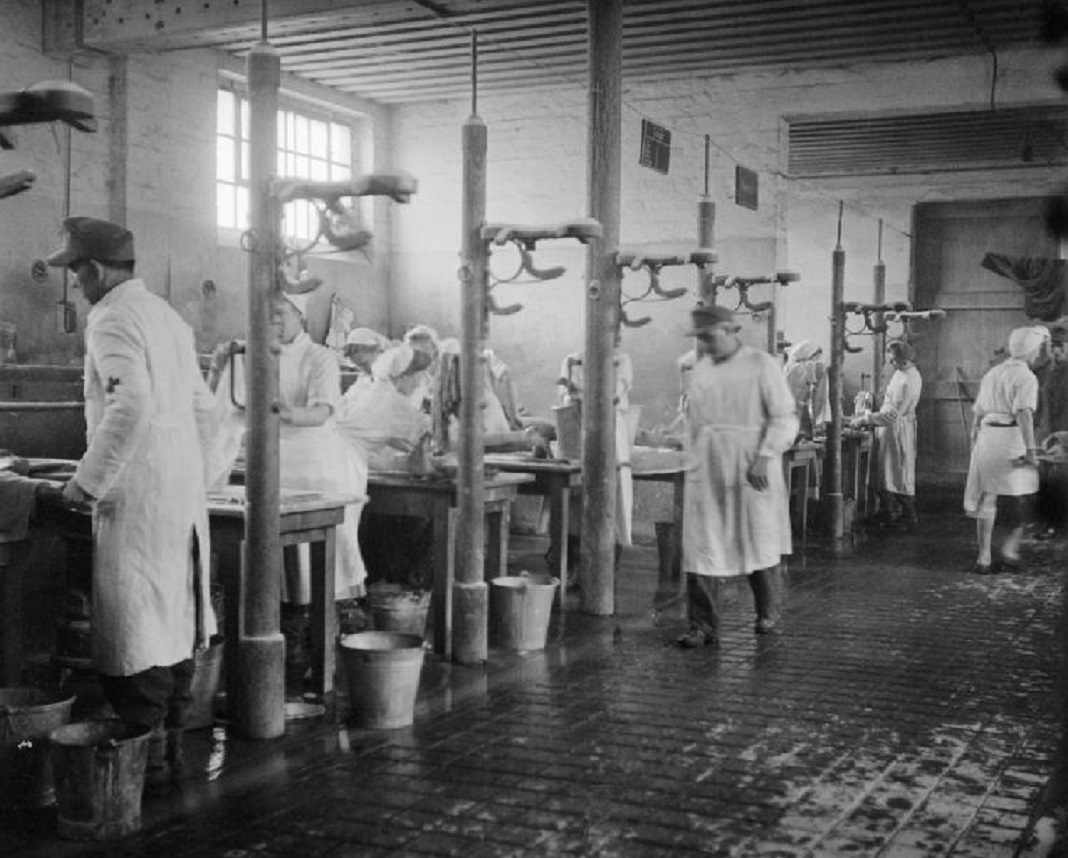 No 5 Army Film & Photographic Unit - Hewitt (Sgt), Wikimedia Commons
No 5 Army Film & Photographic Unit - Hewitt (Sgt), Wikimedia Commons
31. The Fate of Bergen-Belsen
After the liberation of prisoners from Bergen-Belsen, the entire camp was burned, so as to stop any potential spread of disease. Both Anne and Margot were buried in an unknown location, in a mass grave.
 Hardy, Bert, No 5 Army Film & Photographic Unit, Wikimedia Commons
Hardy, Bert, No 5 Army Film & Photographic Unit, Wikimedia Commons
32. Sole Survivor
Of the eight people that had been in hiding in the Secret Annex, only Otto Frank survived to return home. He would learn early after his release that his wife did not survive, and soon after that, that both Anne and Margot also didn't survive. He would stay with two of his associates for seven years following his return to The Netherlands.
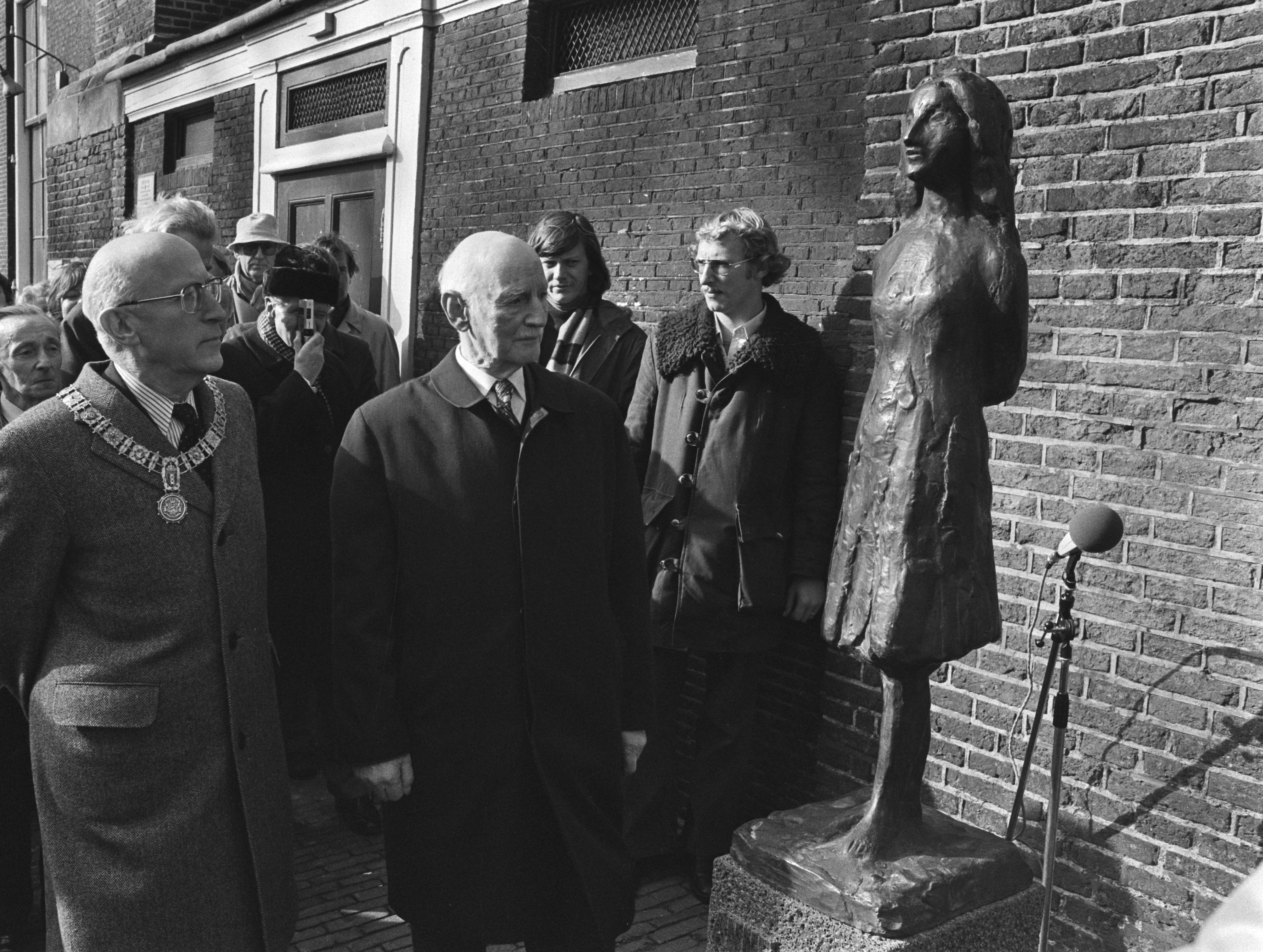 Bert Verhoeff / Anefo, Wikimedia Commons
Bert Verhoeff / Anefo, Wikimedia Commons
33. Gift of the Diary, Part 2
After hearing of his daughters’ deaths, Otto received Anne’s diary from one of his associates. Otto’s friends convinced him that he should have his daughter’s diary published, and he followed through. 3,000 copies of The Secret Annex were released on June 25, 1947.
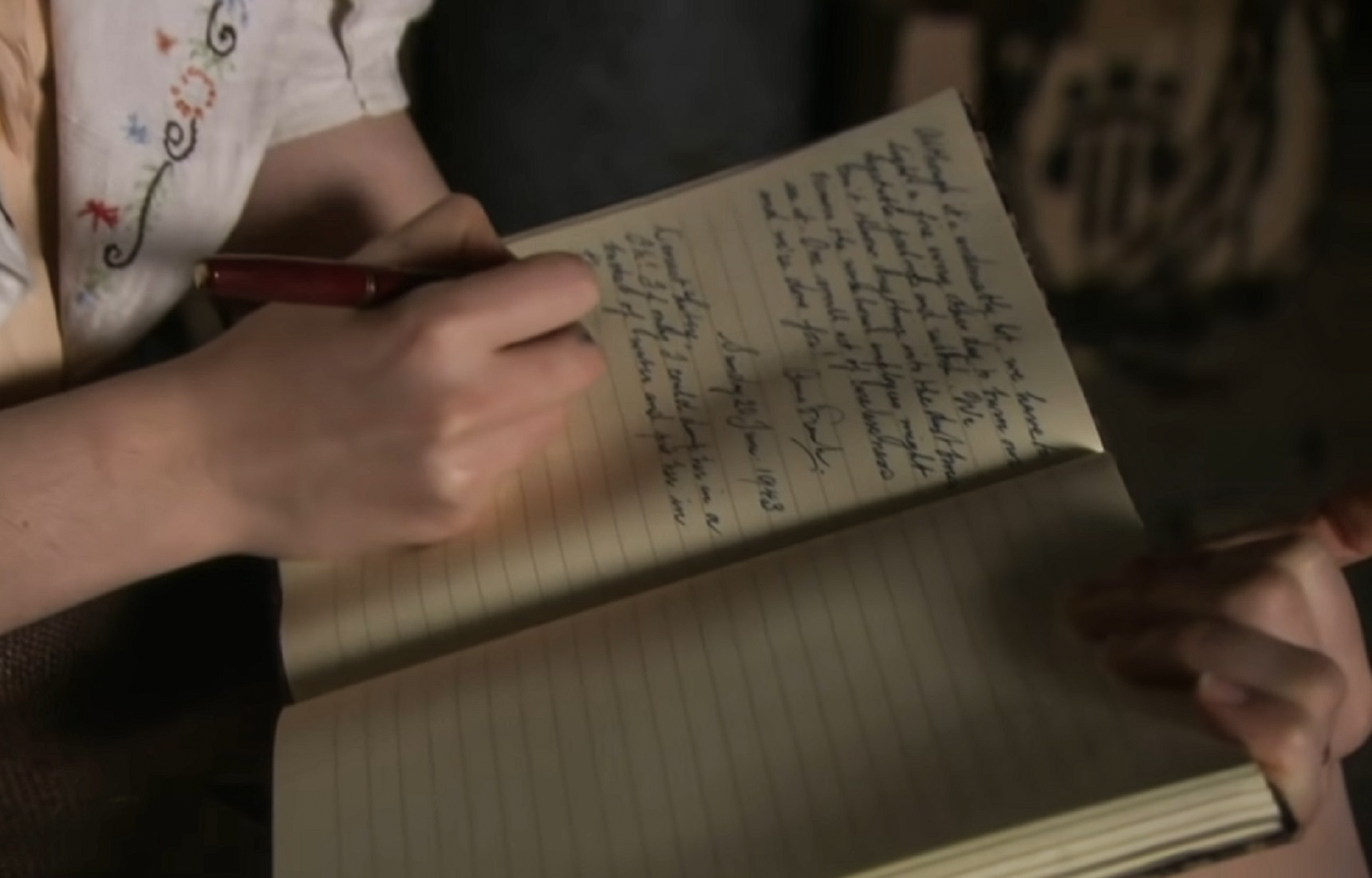 BBC,The Diary of Anne Frank (2009)
BBC,The Diary of Anne Frank (2009)
34. Rediscovering His Daughter
“I began to read slowly, only a few pages each day,” Otto once said. “More would have been impossible, as I was overwhelmed by painful memories. For me, it was a revelation. There, was revealed a completely different Anne to the child that I had lost. I had no idea of the depths of her thoughts and feelings".
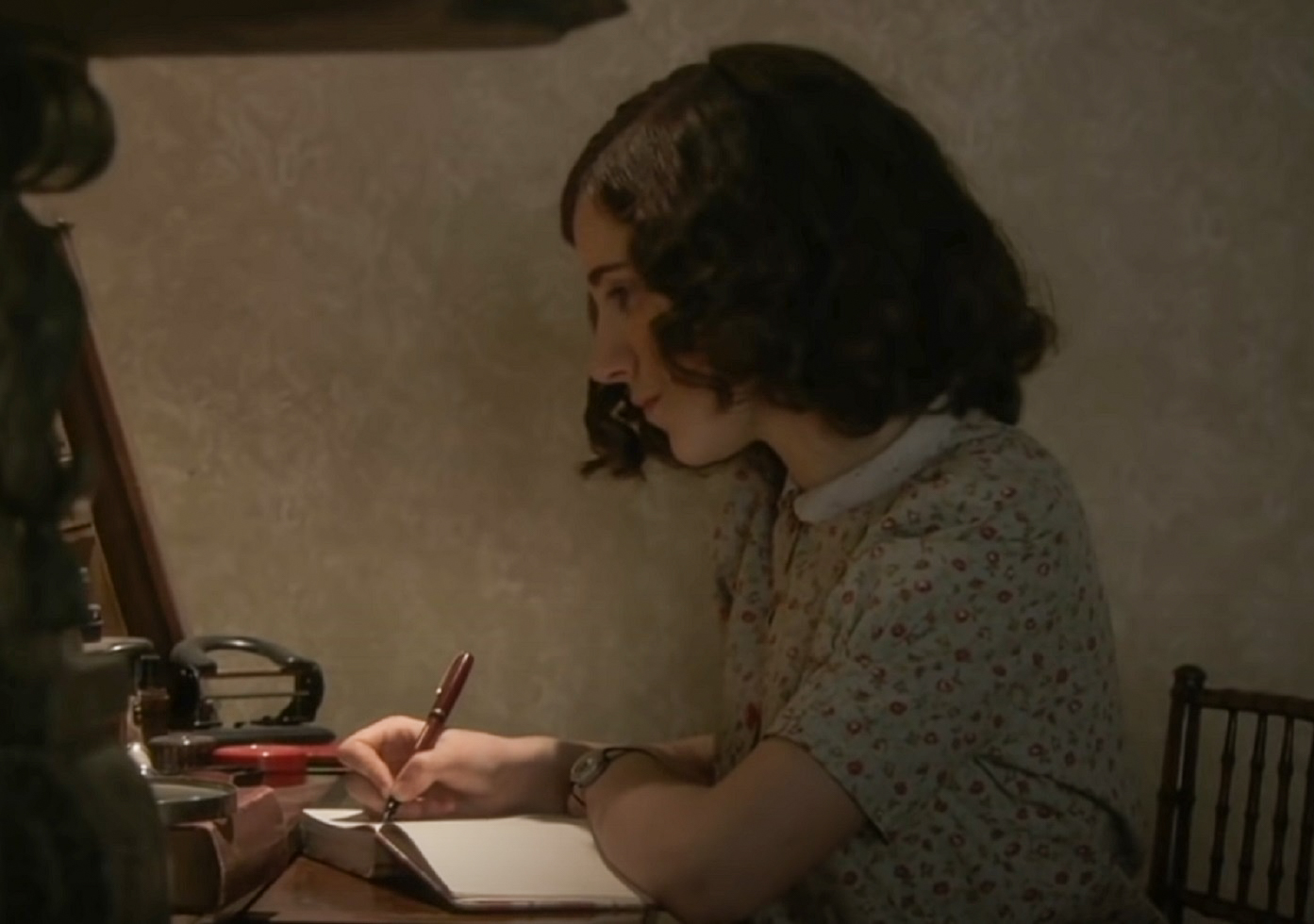 BBC,The Diary of Anne Frank (2009)
BBC,The Diary of Anne Frank (2009)
35. A Parent’s Love
Otto admitted after the Holocaust and WWII were over that he got along better with Anne over Margot, and that Margot was closer to her mother. “The reason for that may have been that Margot rarely showed her feelings and didn’t need as much support because she didn’t suffer from mood swings as much as Anne did,” he once said.
 George Stevens, The Diary of Anne Frank (1959)
George Stevens, The Diary of Anne Frank (1959)
36. Relationship With Her Mother
Anne had a strenuous relationship with her mother, as can be seen from accounts of it in her diary. But later, when Anne was revising her entries, she came to the realization that she had been hard on her mother and started treating her with more respect. She had come to understand that her actions and words had only added more stress to her mother’s suffering in those dark days in hiding.
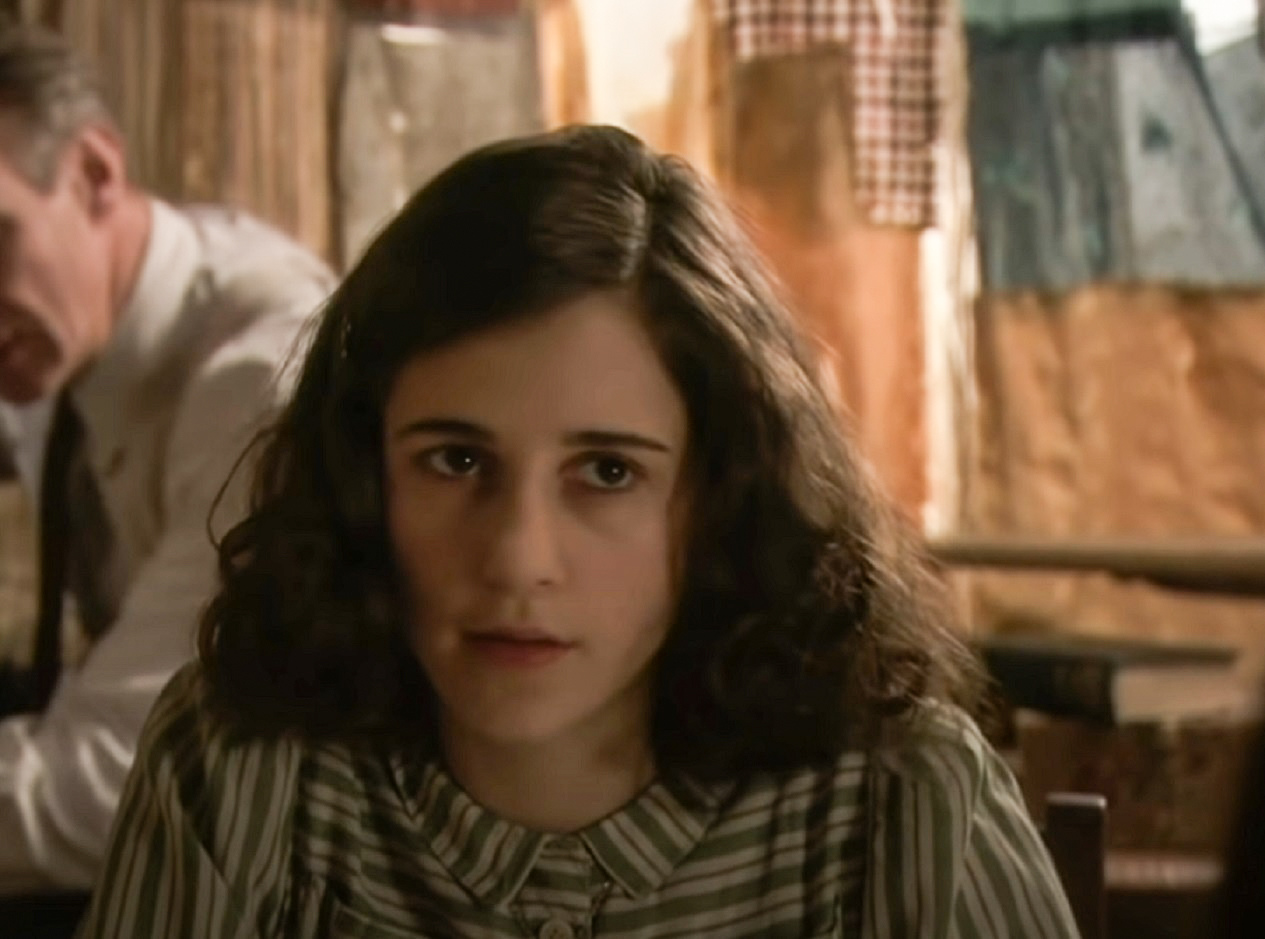 BBC,The Diary of Anne Frank (2009)
BBC,The Diary of Anne Frank (2009)
37. Legacy of the Diary
Anne’s diary would be published in many more editions, additional languages, adapted into a play, and put on film. She had expressed her interest in becoming a journalist or a writer in the future, and though that would never come to be, her words and thoughts and hopes and dreams still live on through her diary.
 Heather Cowper, CC BY 2.0 , Wikimedia Commons
Heather Cowper, CC BY 2.0 , Wikimedia Commons
38. From One Strong Woman to Another
After reading Anne’s diary, former First Lady Eleanor Roosevelt called it “remarkable,” going on to say, “written by a young girl—and the young are not afraid of telling the truth—it is one of the wisest and most moving commentaries on war and its impact on human beings that I have ever read".
39. High Praise
US President John F. Kennedy also had high praise for Anne, during a speech in 1961: “Of all the multitudes who throughout history have spoken for human dignity in times of great suffering and loss, no voice is more compelling than that of Anne Frank".
40. Mandela’s Feelings
Nelson Mandela had said that he read her diary while in prison, and that he “derived much encouragement from it". In 1994, he received a humanitarian award from the Anne Frank Foundation.
41. Keeping Anne’s Story in the Forefront
Otto carried on his telling his daughter’s story and emphasizing the importance of her words until his passing in 1980, answering thousands of letters from people touched by his family’s story and helping with the Anne Frank House, which became a museum in 1960.
42. Keeping a Part of History Alive
The Anne Frank House, with the Secret Annex hidden inside, was set to be destroyed when the conflict ended. A group of people banded together and fought for the building to be saved, and started the foundation for the House. It is now one of the top three most visited museums in Amsterdam.
 dronepicr, CC BY 2.0 , Wikimedia Commons
dronepicr, CC BY 2.0 , Wikimedia Commons
43. See for Yourself
While at the Anne Frank House, visitors can see personal items from the eight who lived in hiding there, including movie star photographs that Anne had put up. They even offer traveling exhibitions, which has gone to more than 30 countries across the world.
44. A Time Honor
Time magazine named Anne amongst its Most Important People of the Century in 1999. The writer, Roger Rosenblatt, said “she was an extraordinarily good writer, for any age, and the quality of her work seemed a direct result of a ruthlessly honest disposition".
 BBC,The Diary of Anne Frank (2009)
BBC,The Diary of Anne Frank (2009)
45. The Legacy of the Diary
Since its initial release, The Secret Annex, or The Diary of Anne Frank, has been printed almost 20 million times in more than 50 languages. A play based on the diary received both a Tony Award and a Pulitzer Prize following its debut on stage in October, 1955.
 Mark Neyman / Government Press Office, CC BY-SA 3.0 , Wikimedia Commons
Mark Neyman / Government Press Office, CC BY-SA 3.0 , Wikimedia Commons
46. Imagining More for Herself
Anne had wanted so much more for herself, never imagining her terrible fate. “I need to have something besides a husband and children to devote myself to!” she wrote on April 5, 1944. “I want to be useful or bring enjoyment to all people, even those I’ve never met. I want to go on living after my death!” There's no doubt that she has indeed lived on.
 BBC,The Diary of Anne Frank (2009)
BBC,The Diary of Anne Frank (2009)
47. The Darkness of the Ordeal
Anne’s diary often reflected her feelings and emotions, some notably darker than others. “I’ve reached the point where I hardly care whether I live or die,” she wrote in an entry in February, 1944. But just two months later, she admitted: “when I write, I can shake off all my cares".
48. Who Was It?
Despite the fact that no one knows who for sure betrayed the Frank family, there are several theories. Otto Frank’s biographer believed it was Tonny Ahlers, a member of the National Socialist Movement in the Netherlands. Stockroom manager Willem van Maaren is another potential suspect—the group in hiding did not trust him, and he was said to be unusually inquisitive.
 BBC,The Diary of Anne Frank (2009)
BBC,The Diary of Anne Frank (2009)
49. Dark Collaboration
In 2015, a biography of one of the Annex resident’s helpers, Bep Voskuijl, provides another suspect: Bep’s sister Nelly. According to the biography, Nelly was a regime collaborator who didn’t approve of her father and sister helping the hidden Jews. Adding to this theory is the fact that Karl Silberbauer, the SS officer who received the phone call that led the authorities to the Annex, said the informant on the other end of the line had “the voice of a young woman".
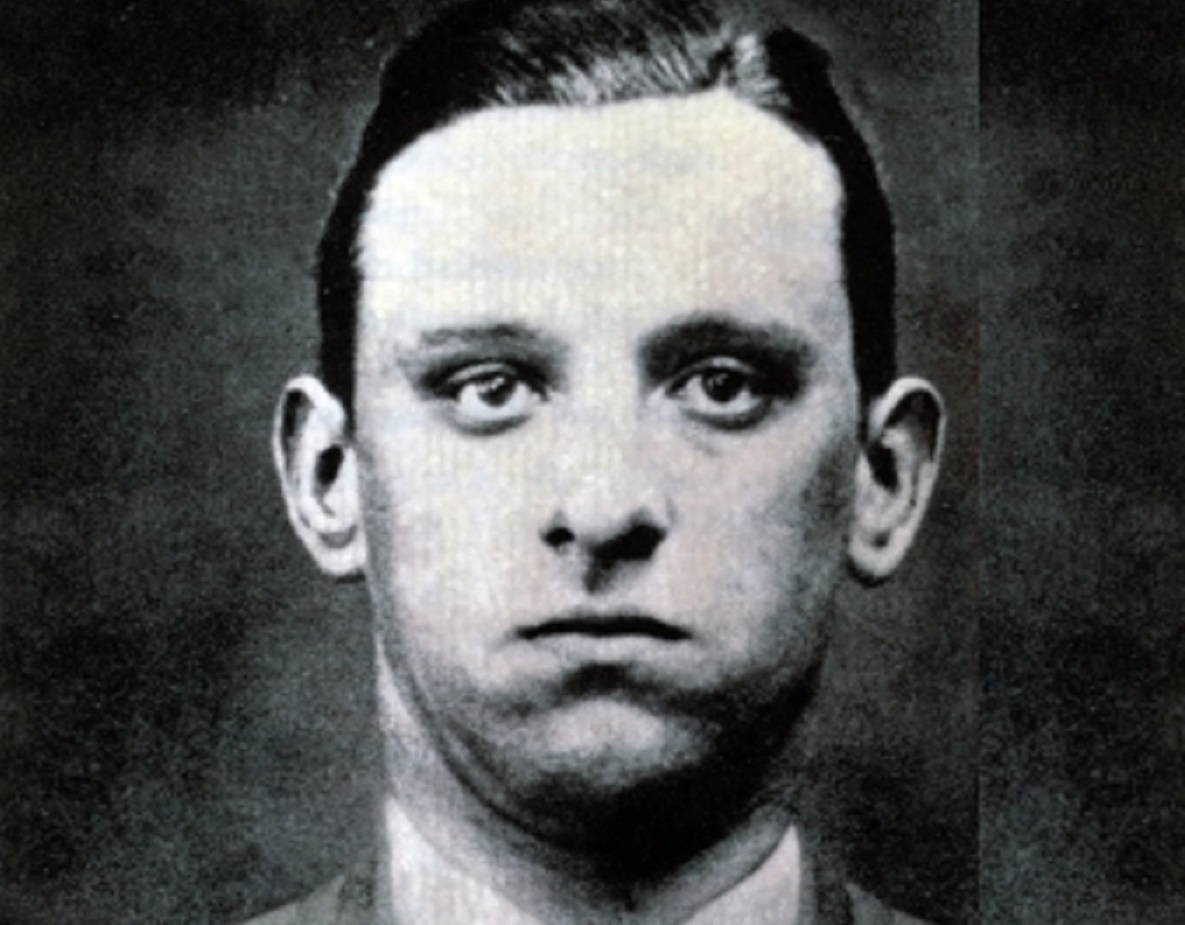 Unknown photographer, Wikimedia Commons
Unknown photographer, Wikimedia Commons
50. Illicit Activities
In 2016, after so long looking for a traitor, the Anne Frank House provided another theory as to how the Annex was discovered: ration card fraud. The organization's report suggests that there might have been other illicit activities taking place in the building, unrelated to the Franks. This could have been what led the Nazis to the Annex, though it’s still impossible to say for sure.
 George Stevens, The Diary of Anne Frank (1959)
George Stevens, The Diary of Anne Frank (1959)
51. Finding Friends in The Worst Place
While suffering in the concentration camp, Frank managed to find two of her friends, albeit for a brief period of time. Hanneli Goslar and Nannette Blitz both knew Anne from school in Amsterdam, and both of them would survive the Holocaust. Blitz recalled meeting up with a bald, sickly, and shivering Anne, speaking with her through a fence. Goslar said that Anne was caring for Margot, who was too weak even to leave her bunk.
She also remembered Anne telling her that she thought her parents were likely dead, and that she no longer wanted to live because of it. It’s estimated these meetings took place only weeks before Frank’s demise.
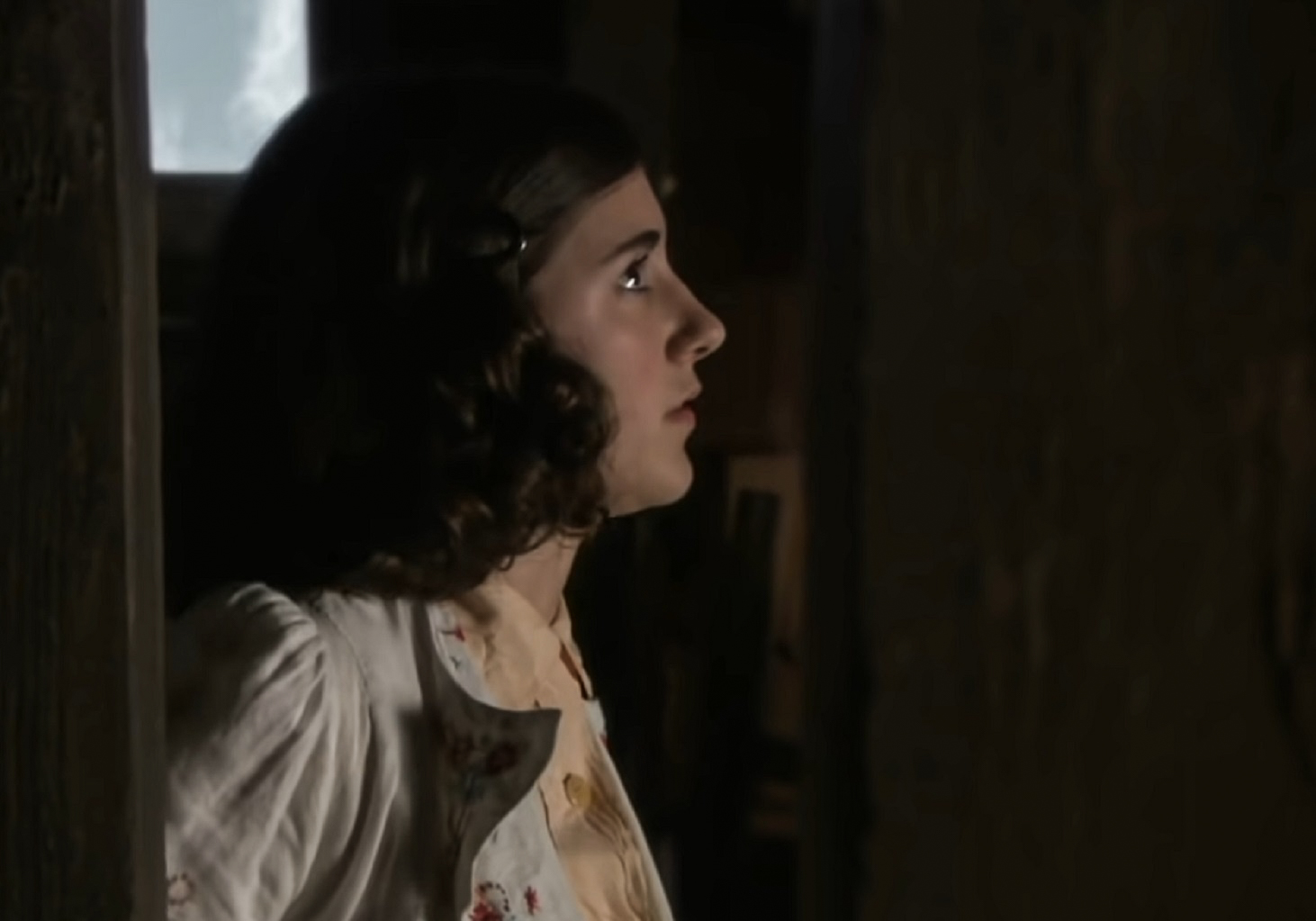 BBC,The Diary of Anne Frank (2009)
BBC,The Diary of Anne Frank (2009)
52. Protecting her Legacy
Otto Frank made sharing his daughter’s writing his life’s work, but unfortunately, he needed to spend much of his time on a far more frustrating task—challenging people who claimed that her diary was a forgery. He had to take judicial action several times between the ‘50s and ‘70s when Holocaust deniers and revisionists spread the accusation that the diary was not authentic.
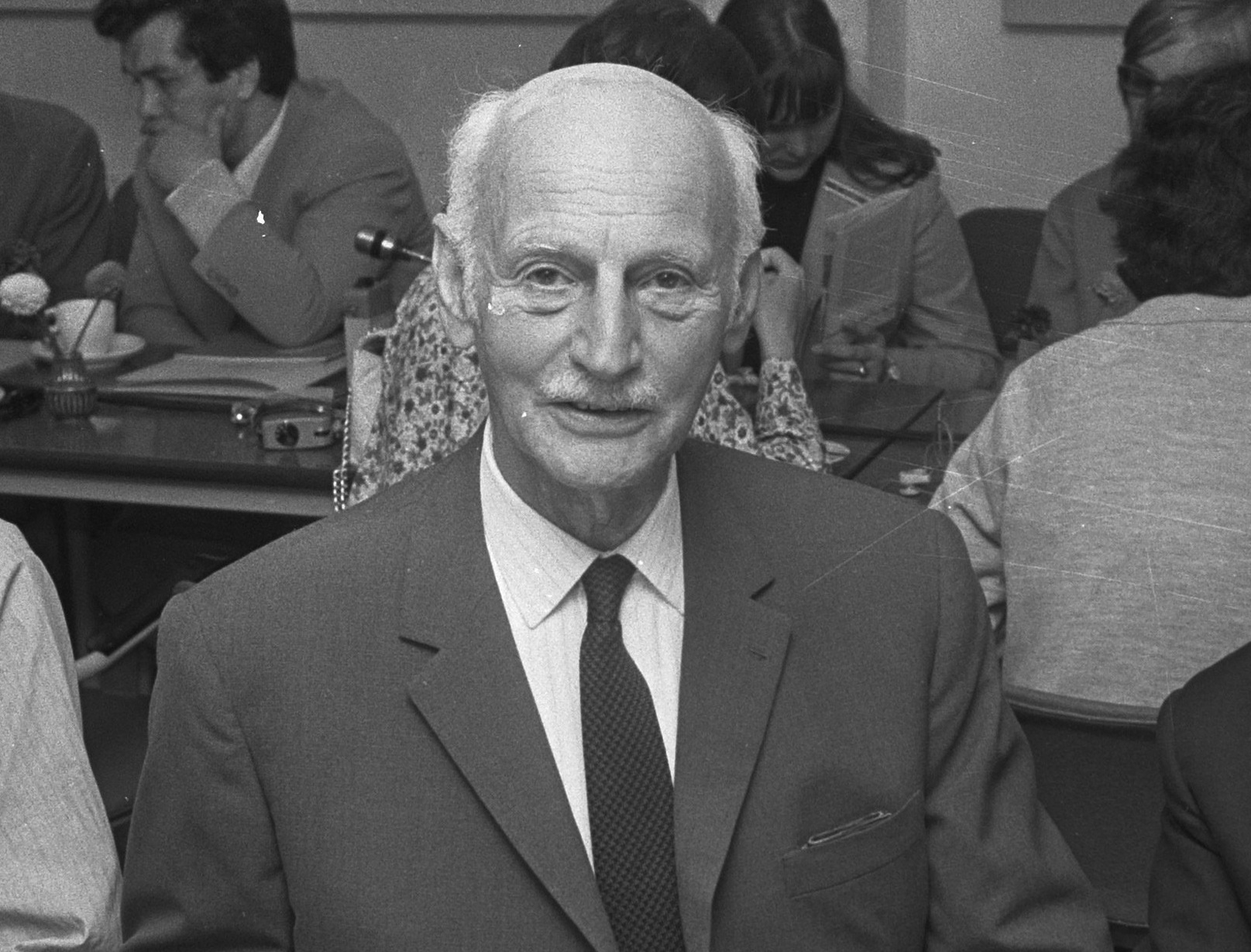 Eric Koch for Anefo, Wikimedia Commons
Eric Koch for Anefo, Wikimedia Commons
53. Everlasting Words
Just weeks before Anne, her family and their friends would be captured, detained, and sent to Auschwitz, she expressed hope for the world. “I feel the suffering of millions. And yet, when I look up at the sky, I somehow feel that everything will change for the better, that this cruelty too shall end, that peace and tranquility will return once more".
54. Determining the Fatal Date
There’s a bit of a discrepancy when it comes to the exact date when Anne and Margot passed on, however. The Red Cross had originally estimated that their deaths took place on March 1945, and authorities in Holland set the date as March 31, but research conducted in 2015 by the Anne Frank House has determined that it occurred earlier, in February.
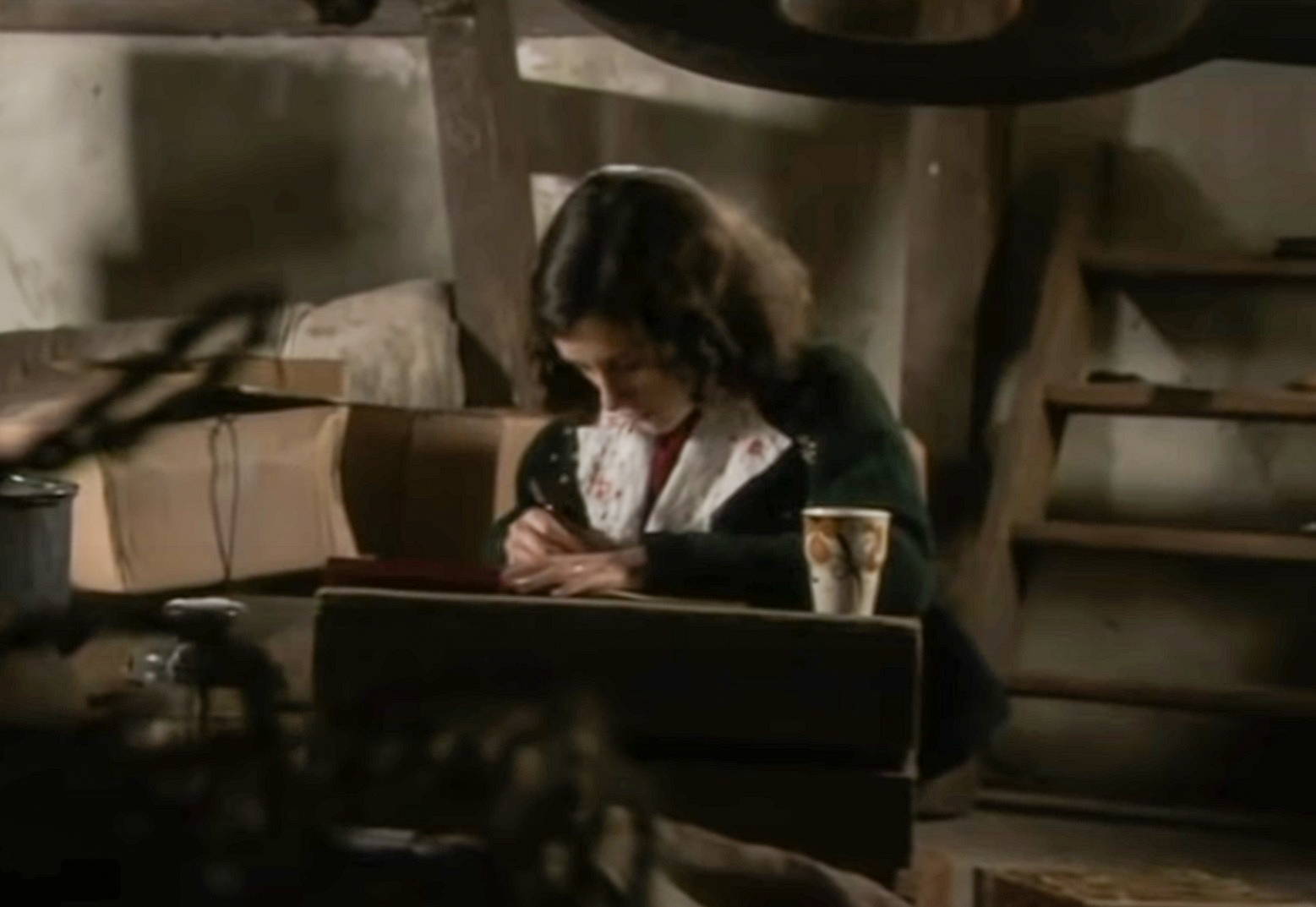 BBC,The Diary of Anne Frank (2009)
BBC,The Diary of Anne Frank (2009)
55. Unedited
Anne Frank's father edited sensitive information out of her diary because he didn't want the world to know that she was critical of her mother. He also removed parts where she discussed her newfound sexuality. They, along with other deleted passages, would be included in the 1950 German edition, and the 1952 English edition.


